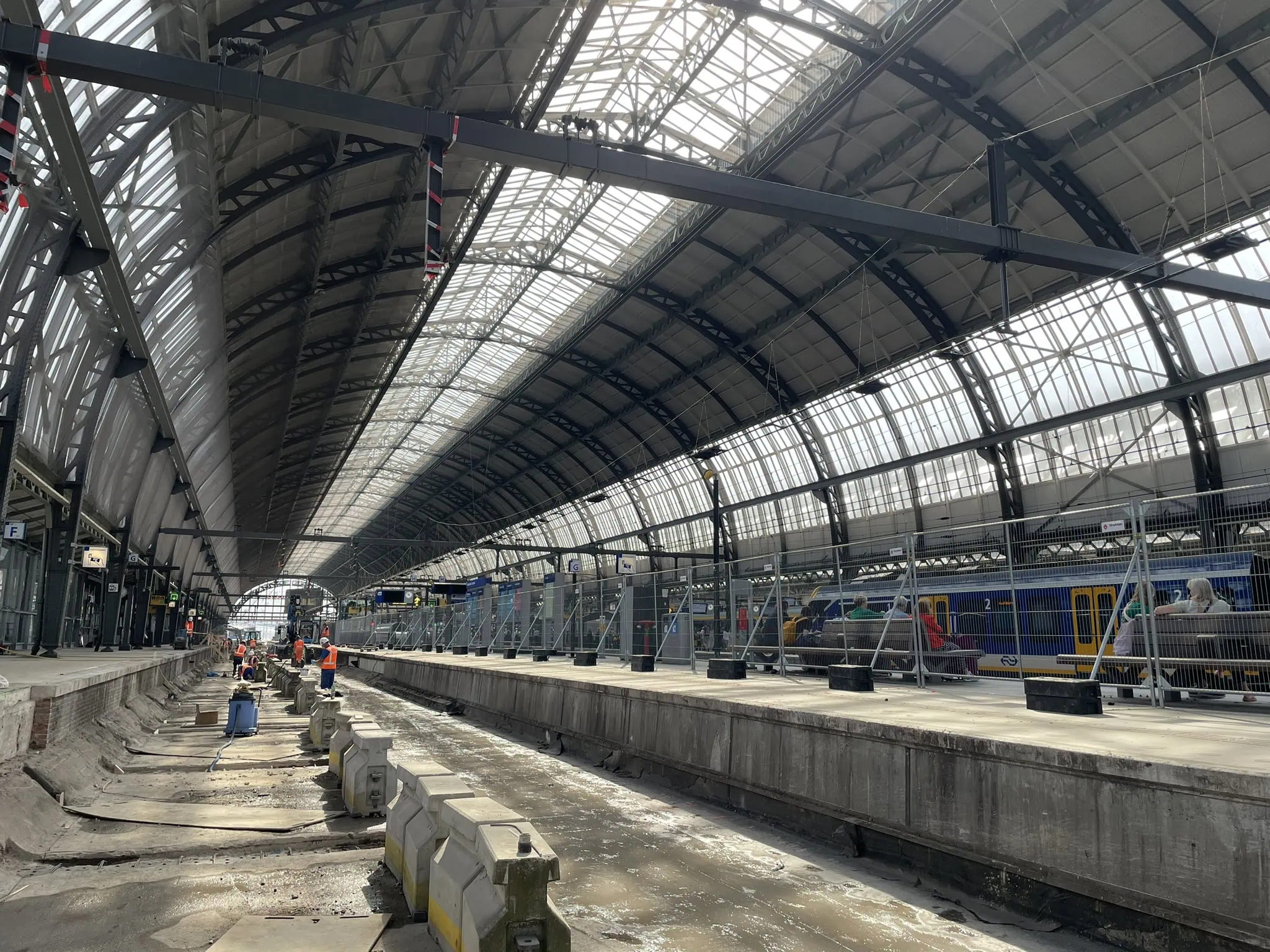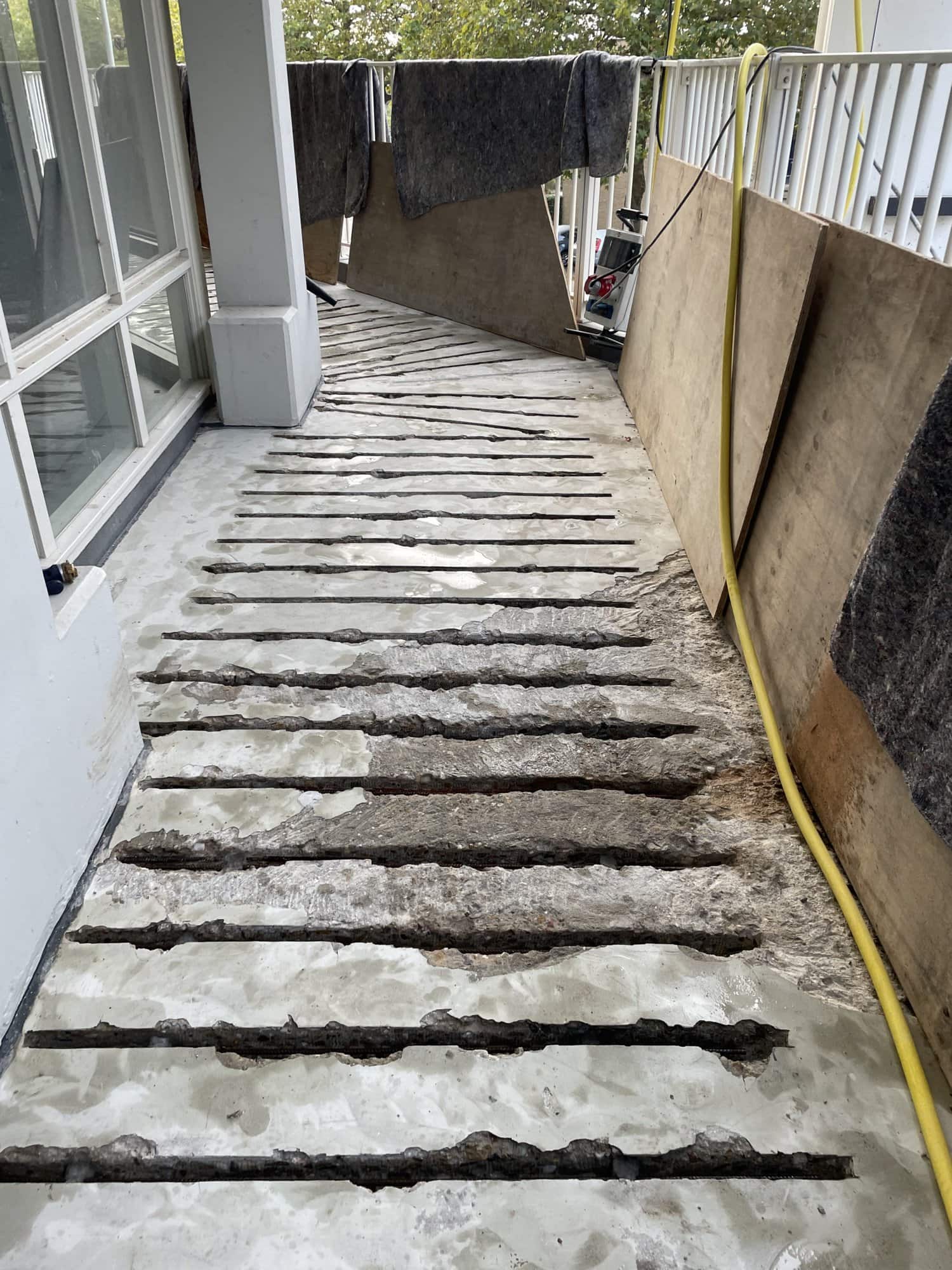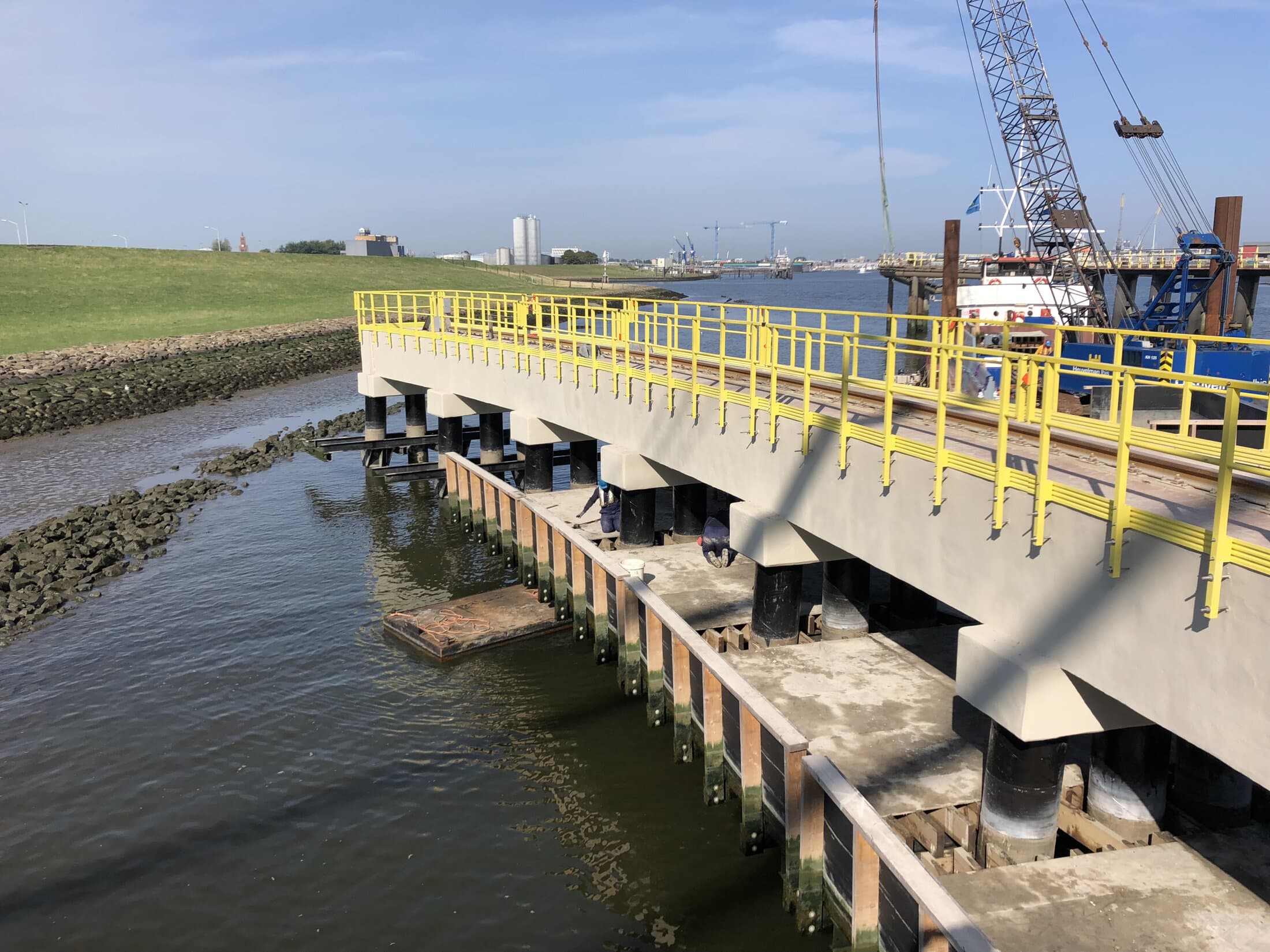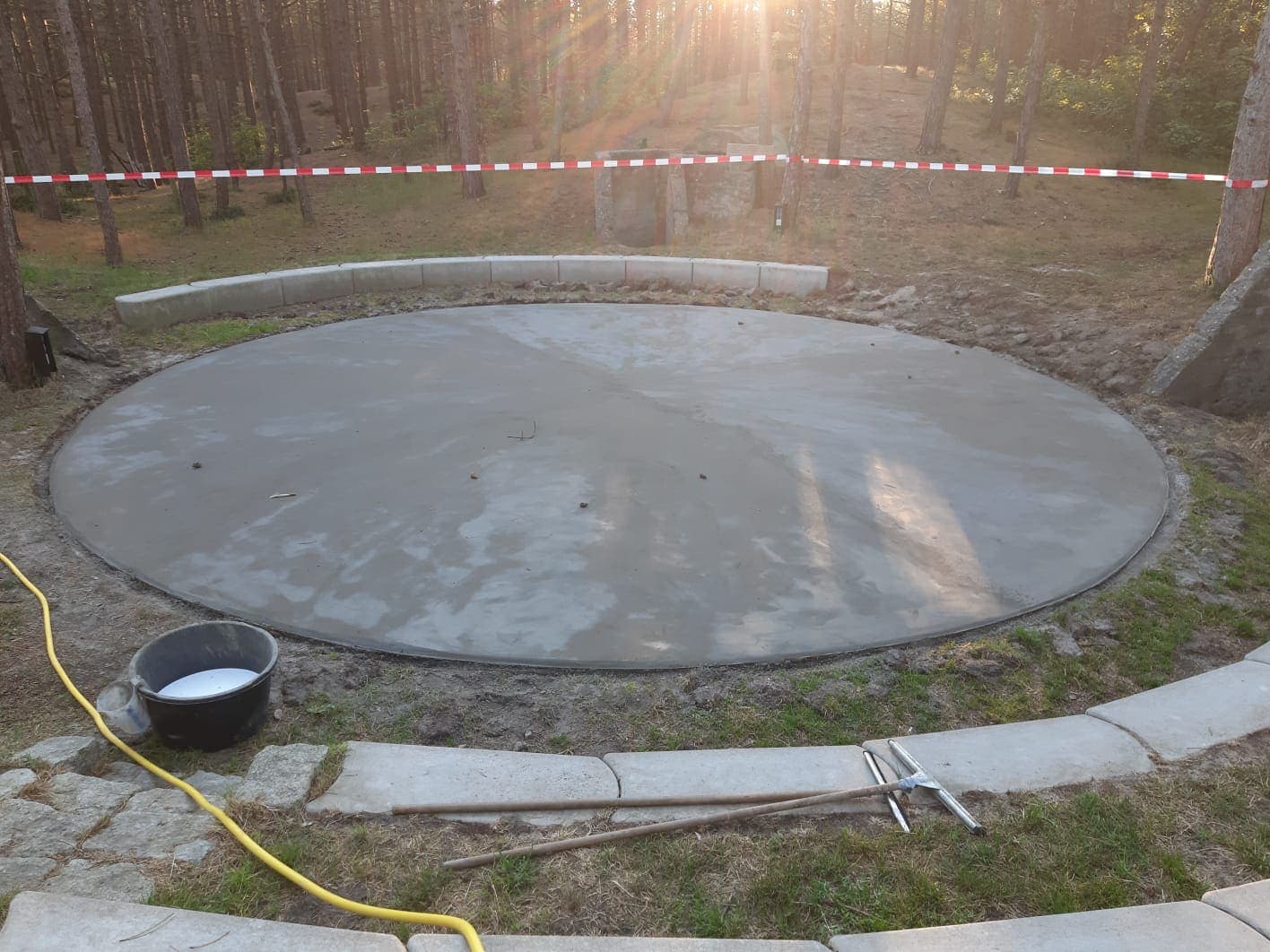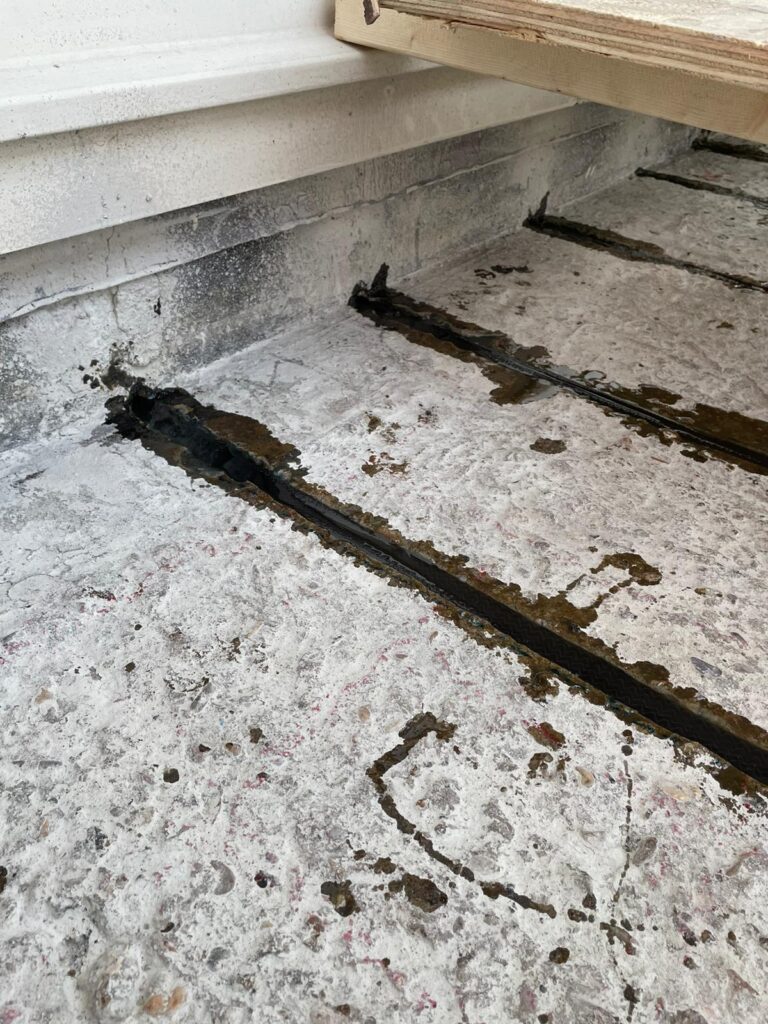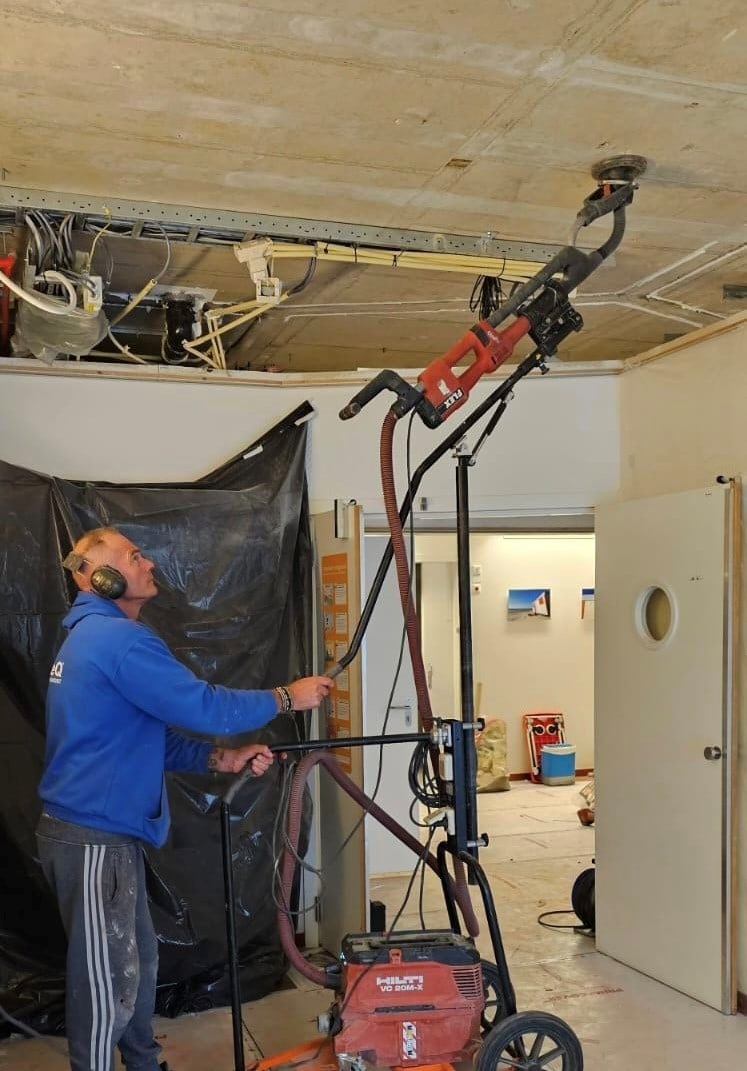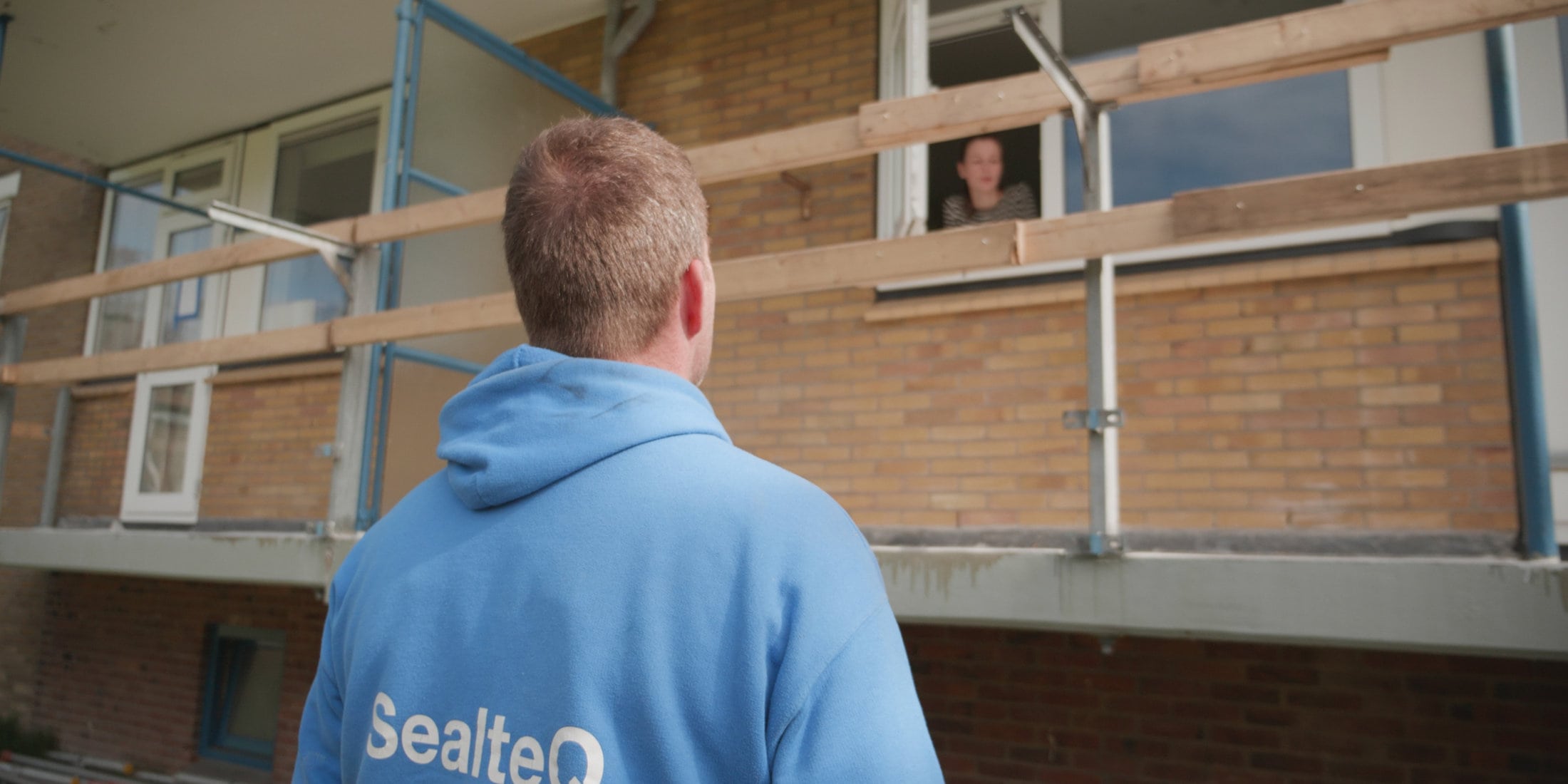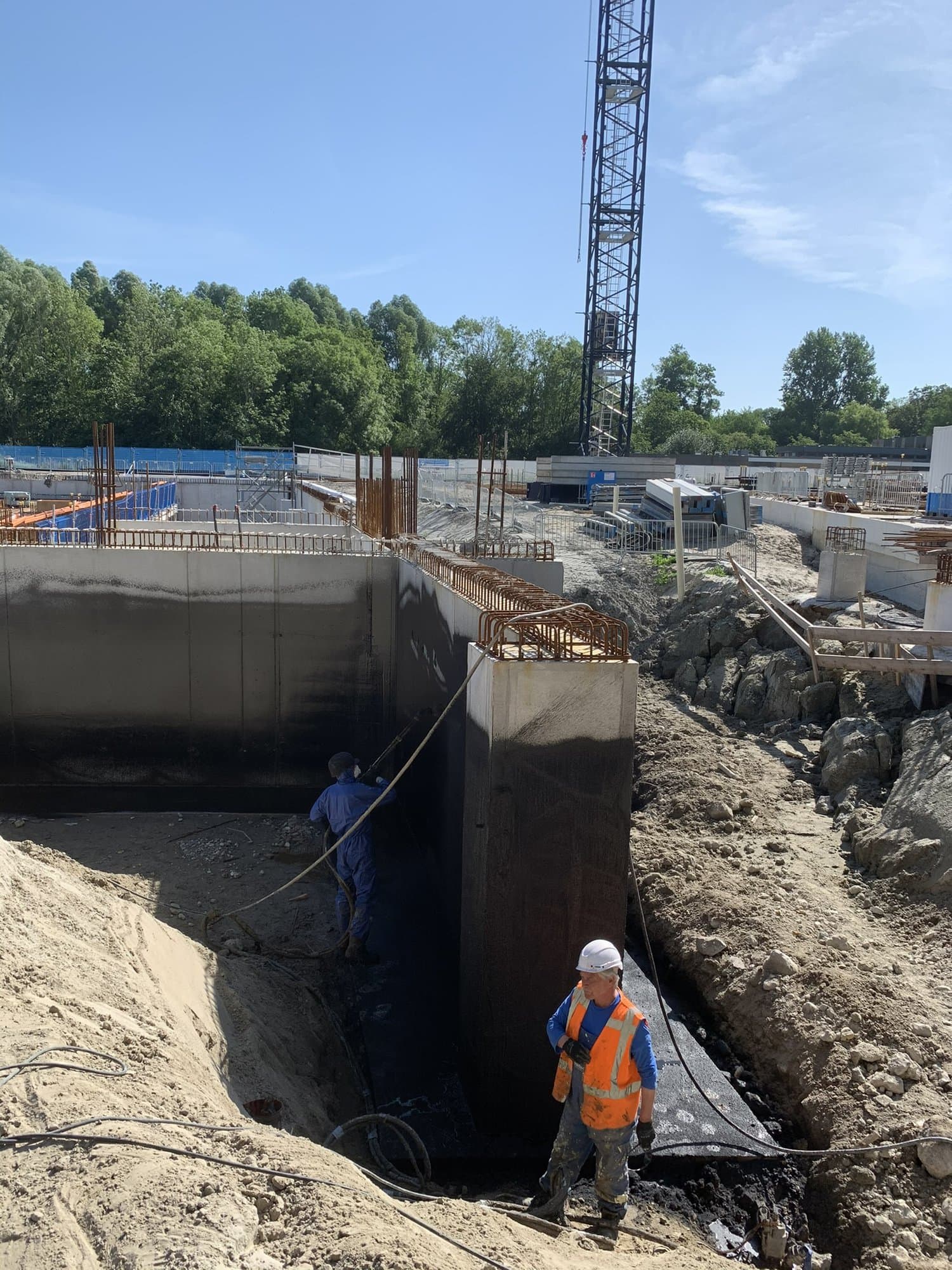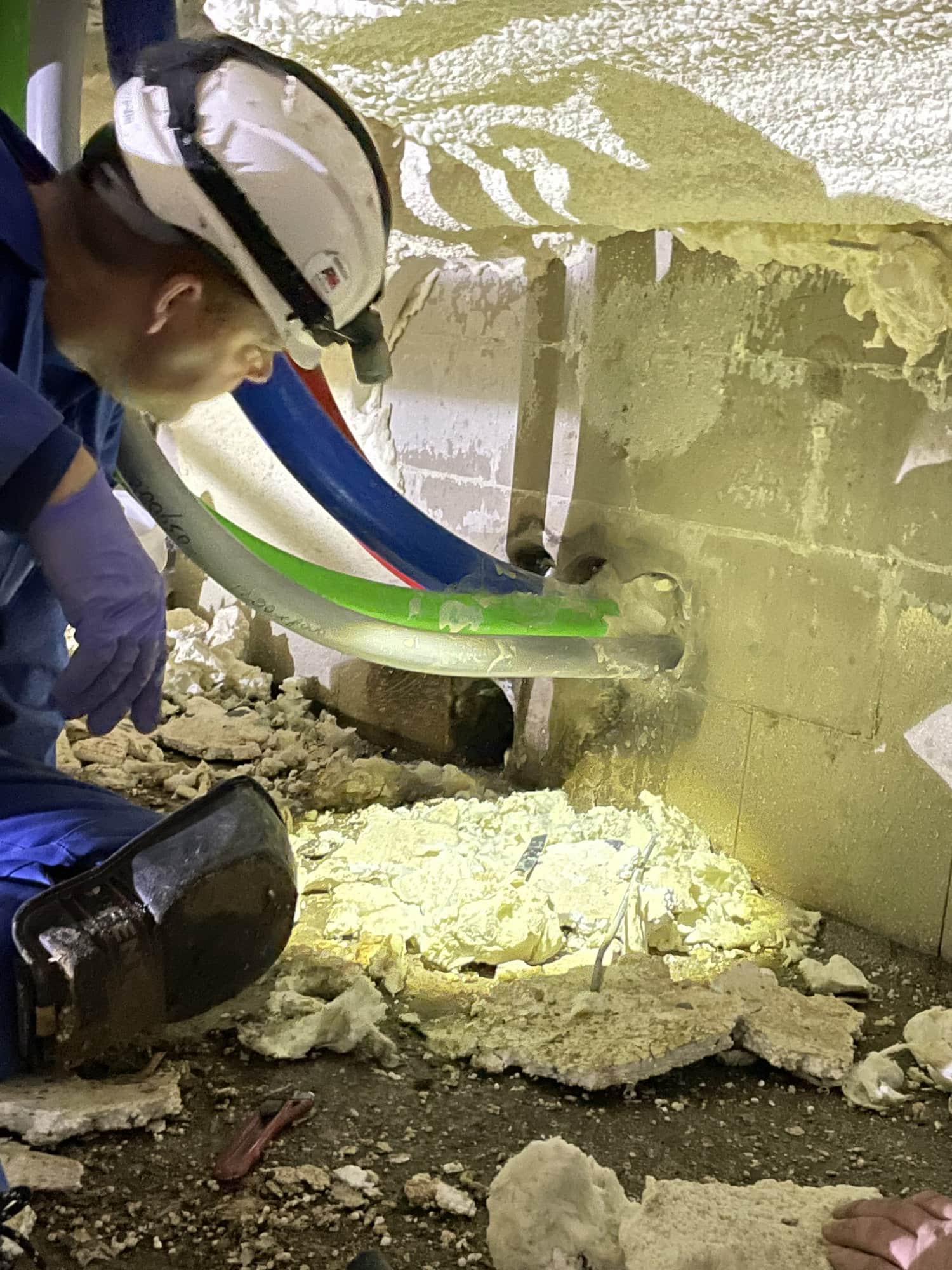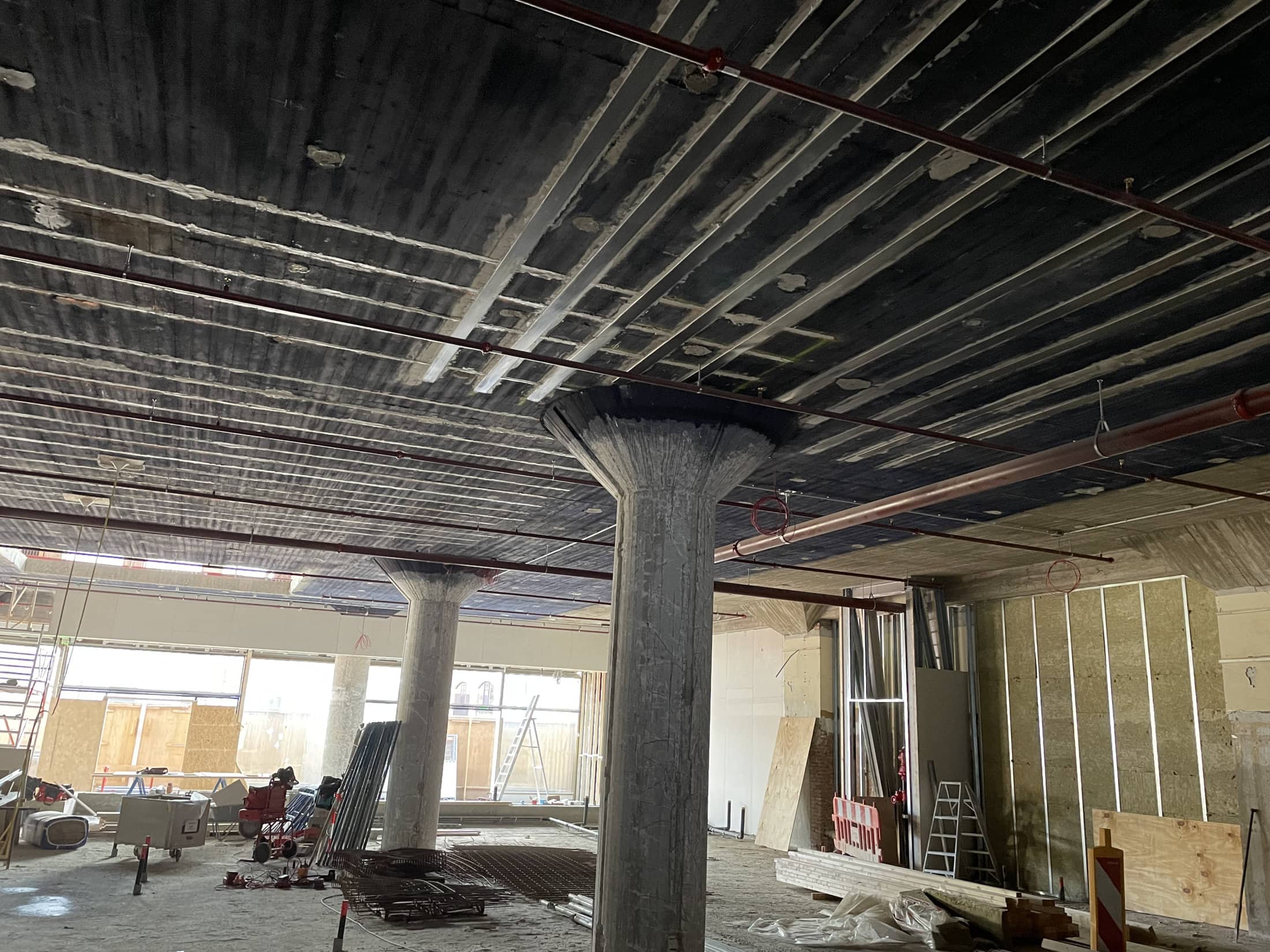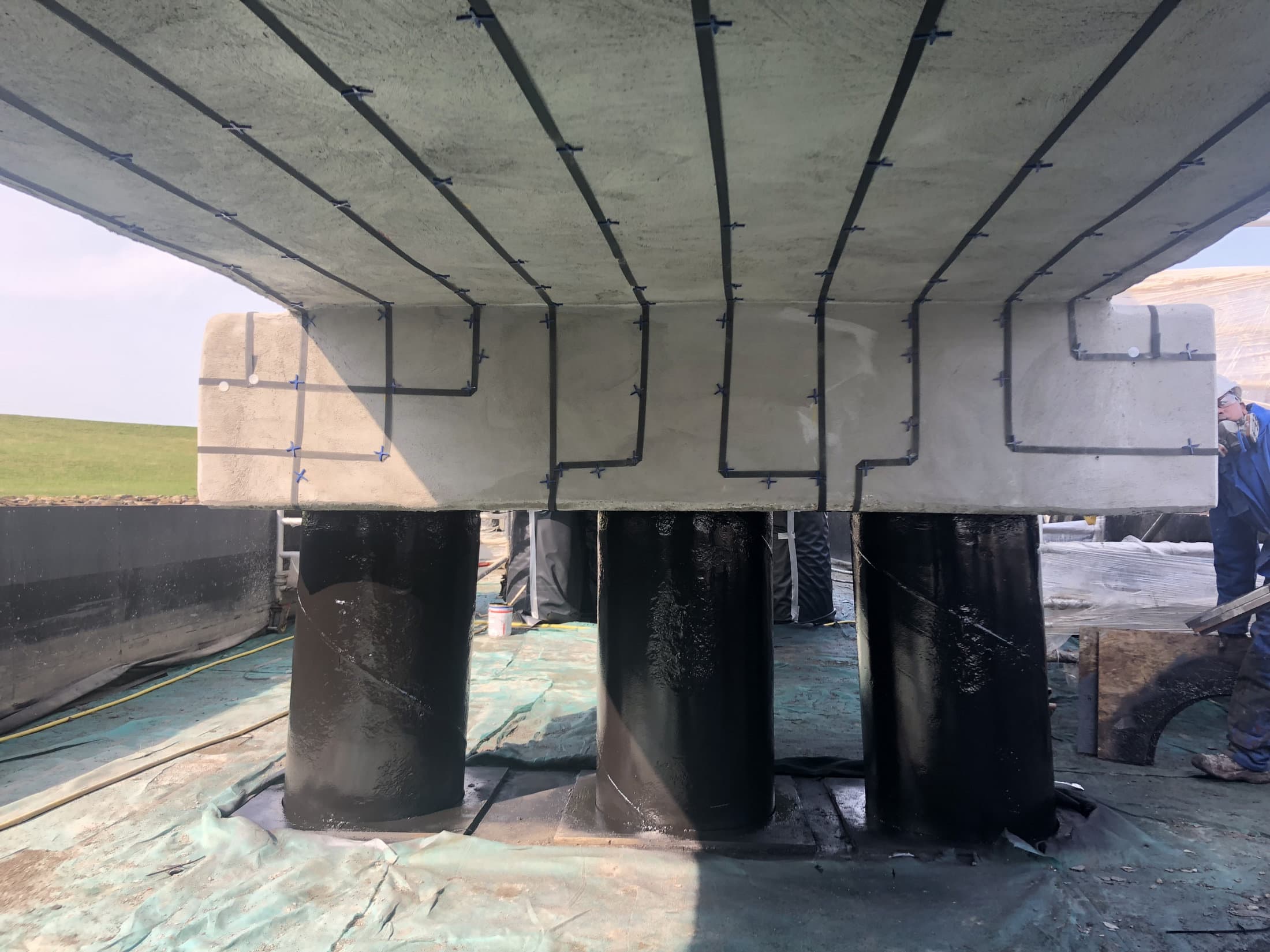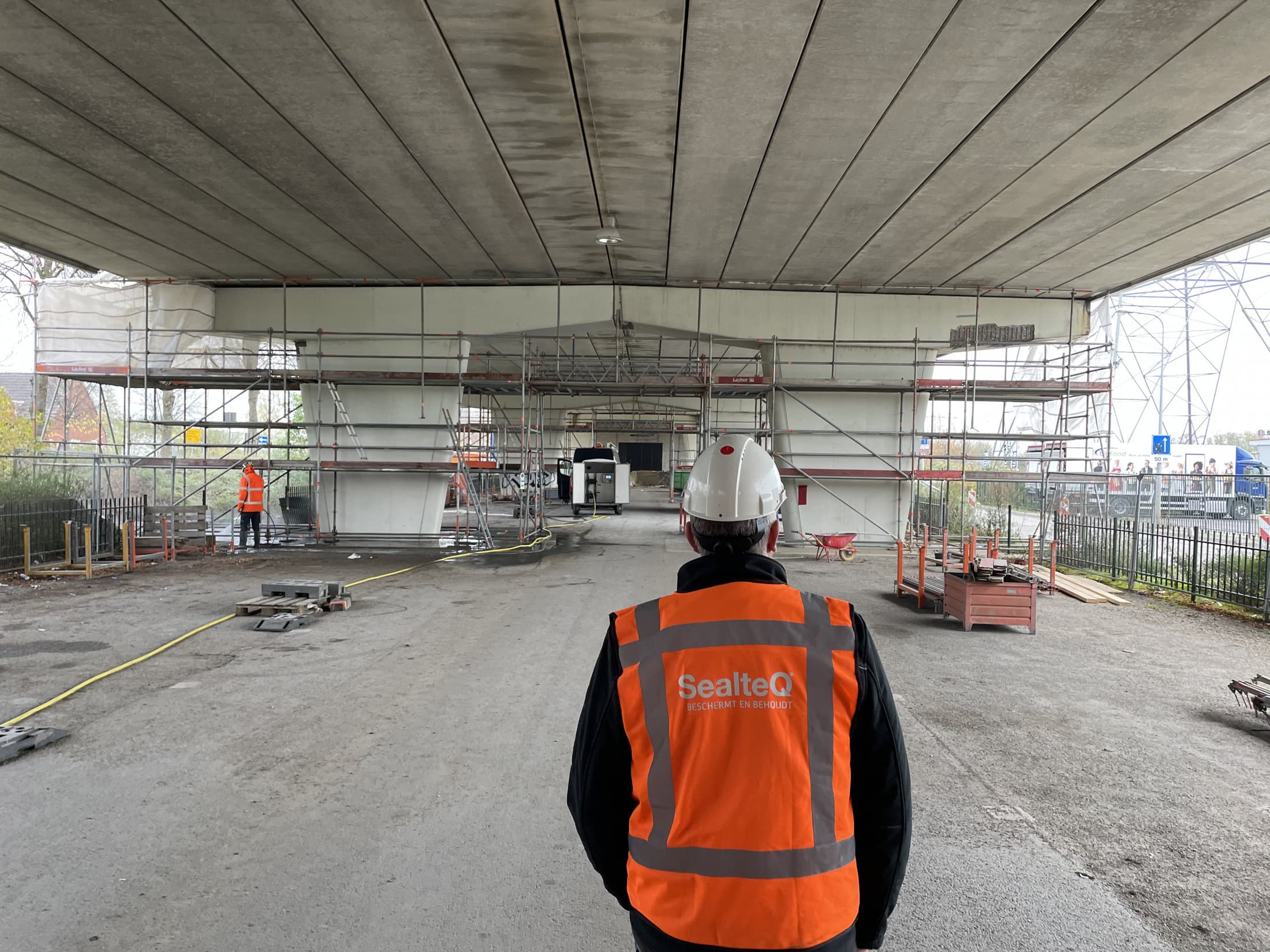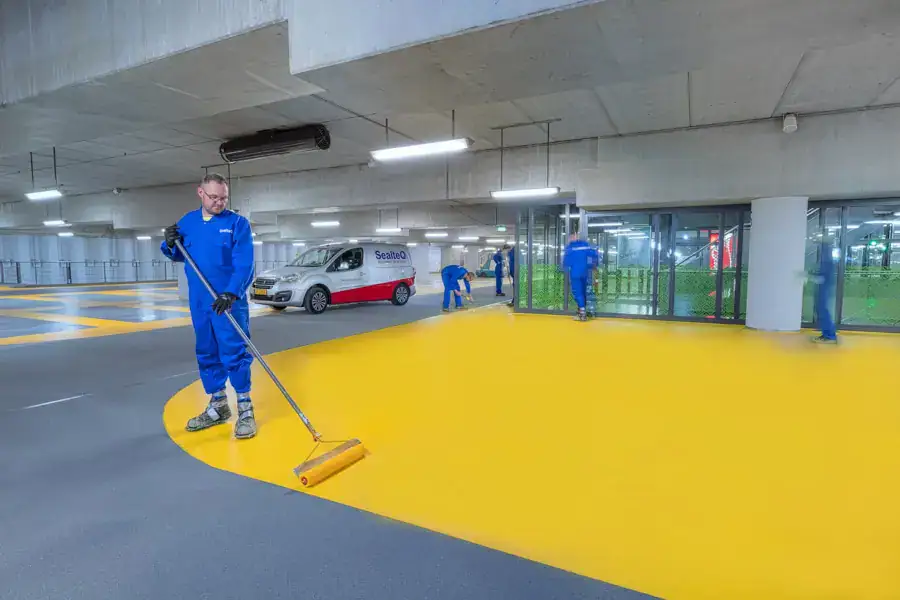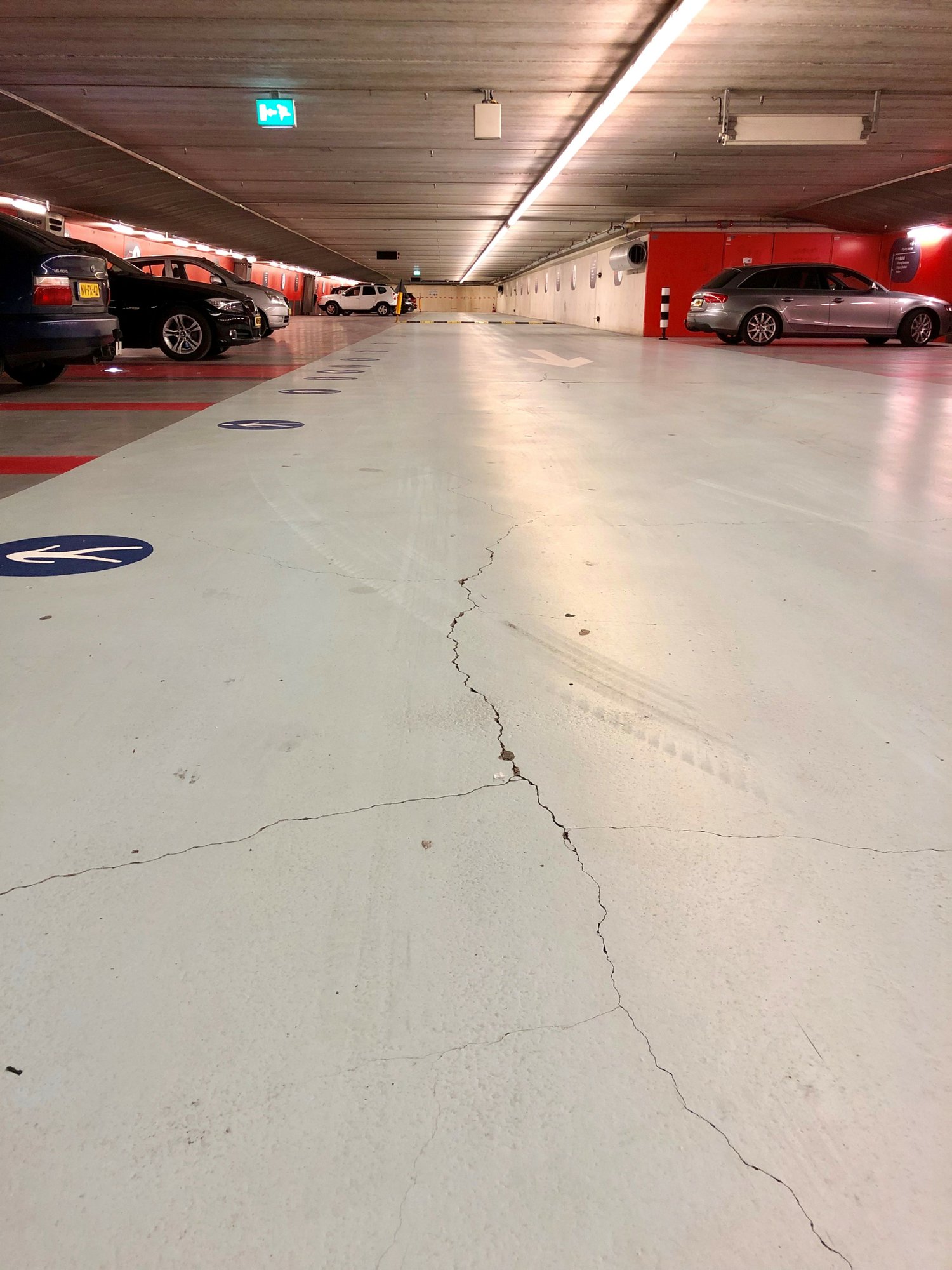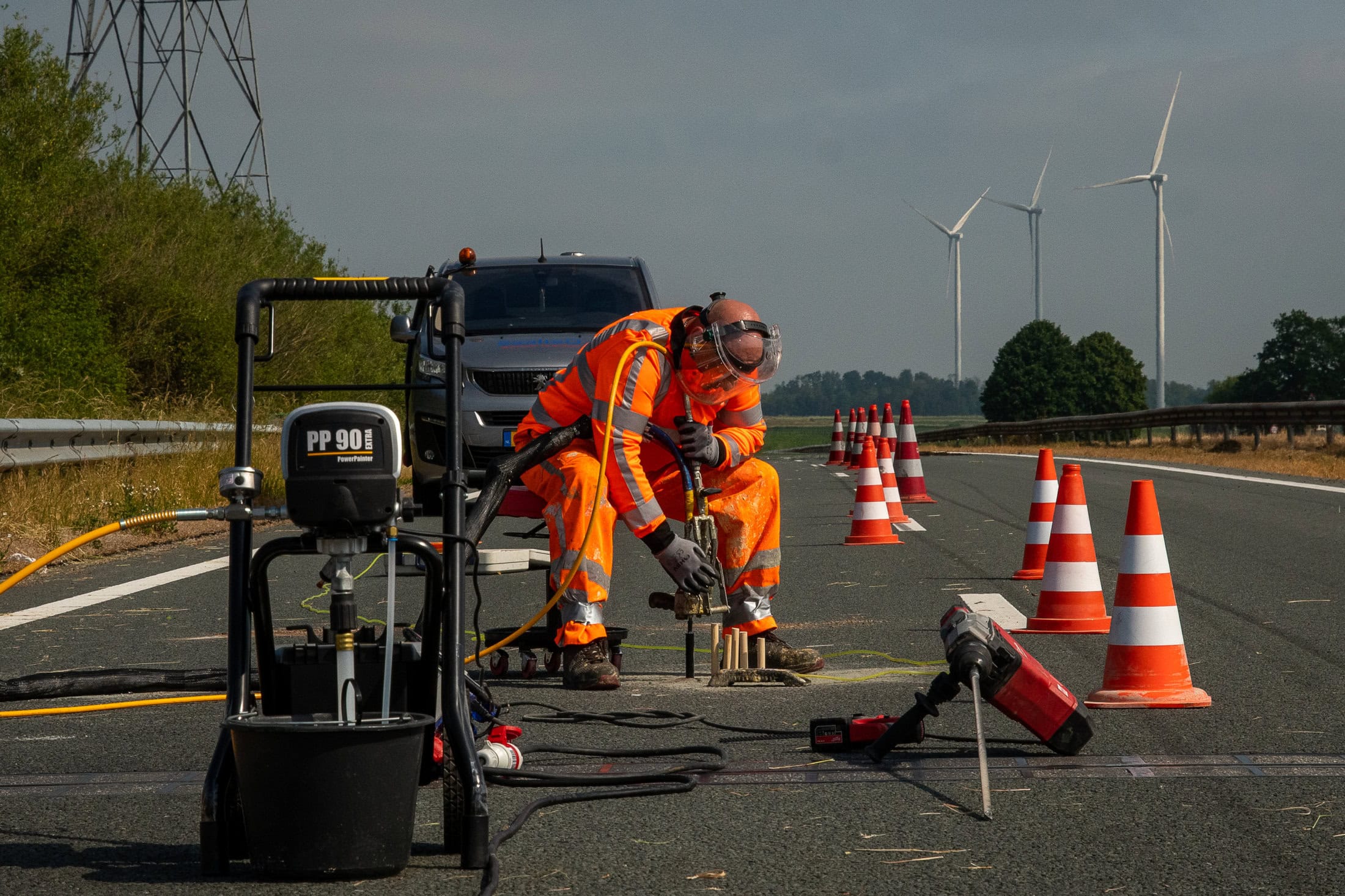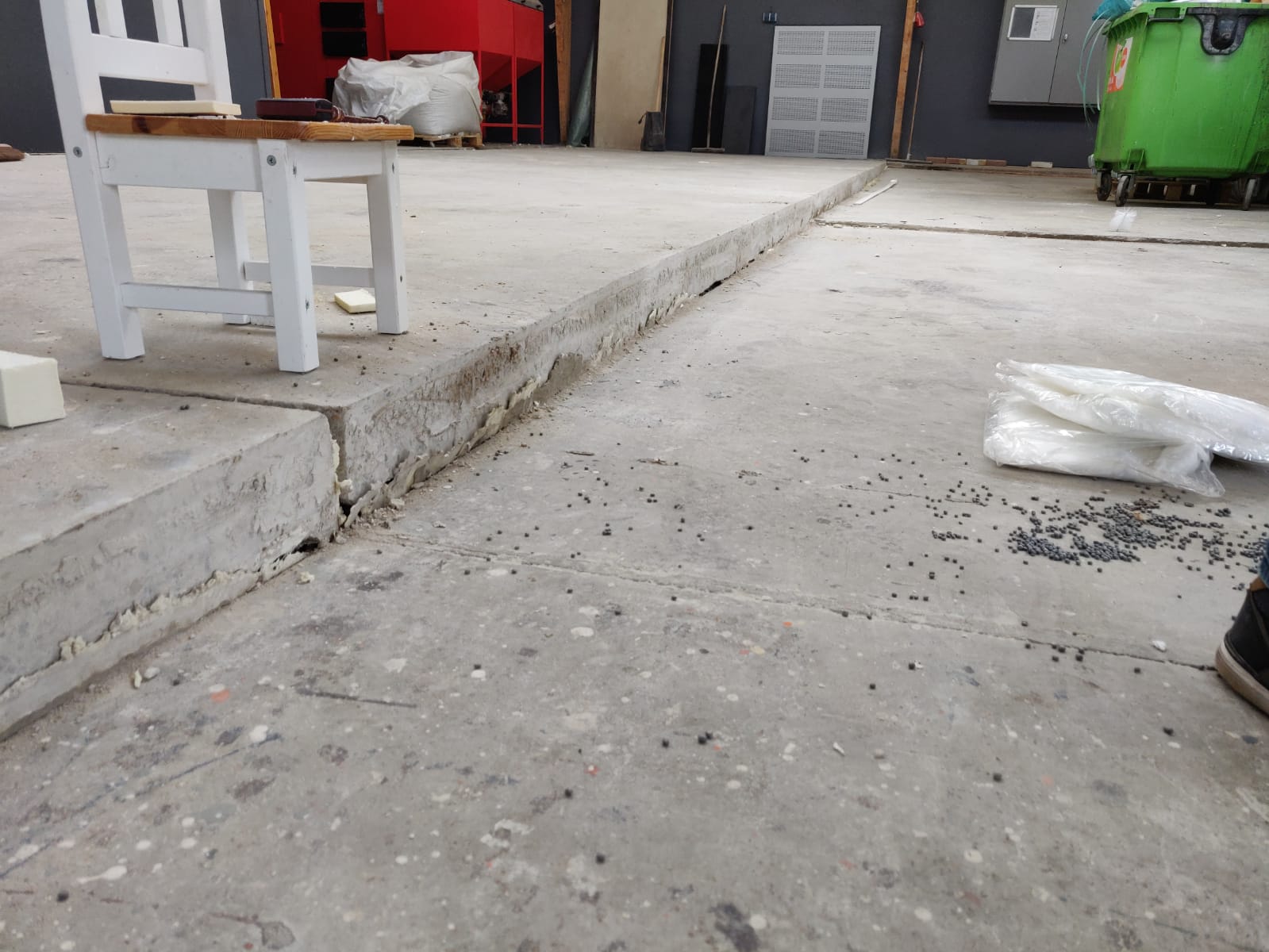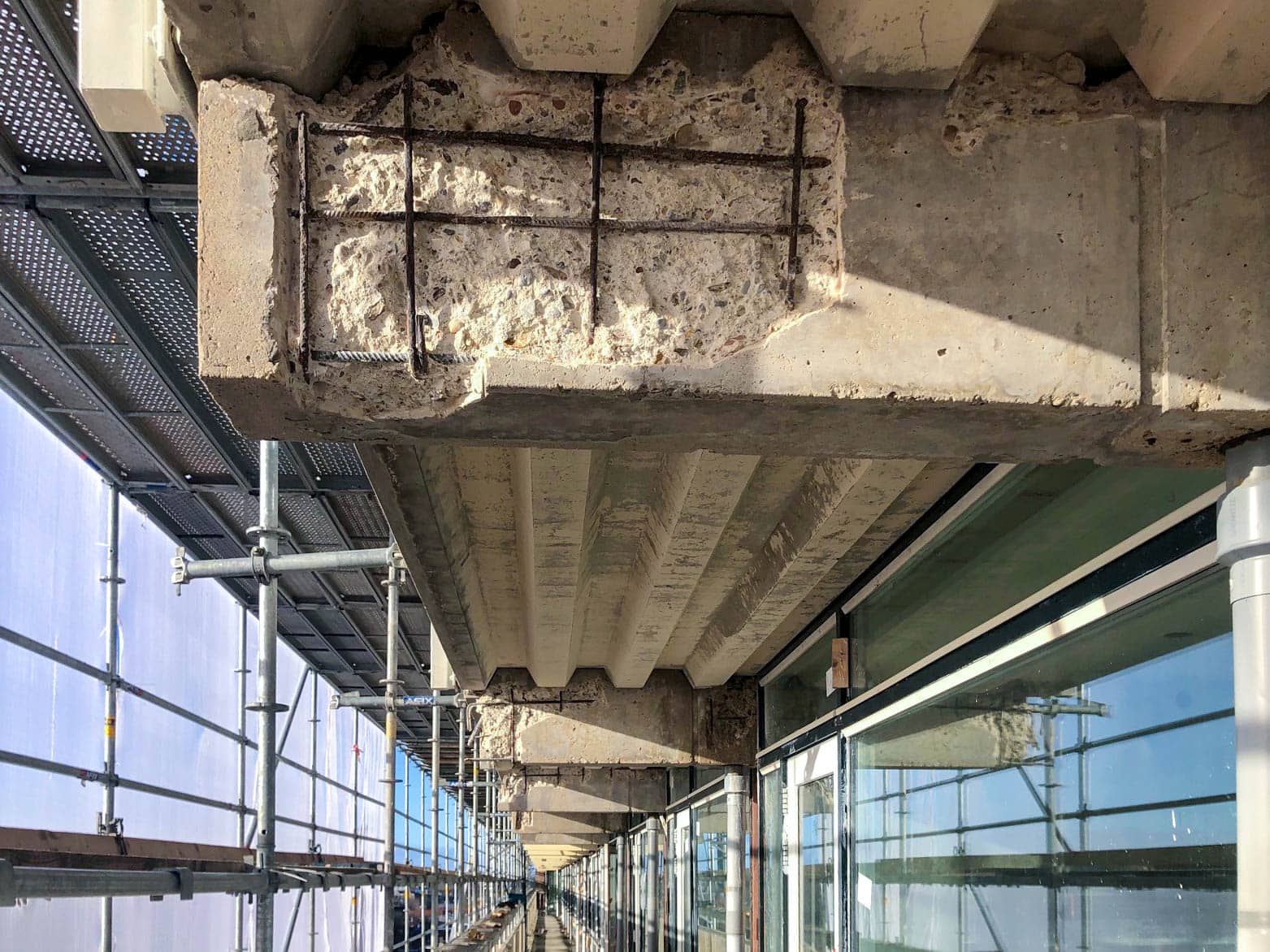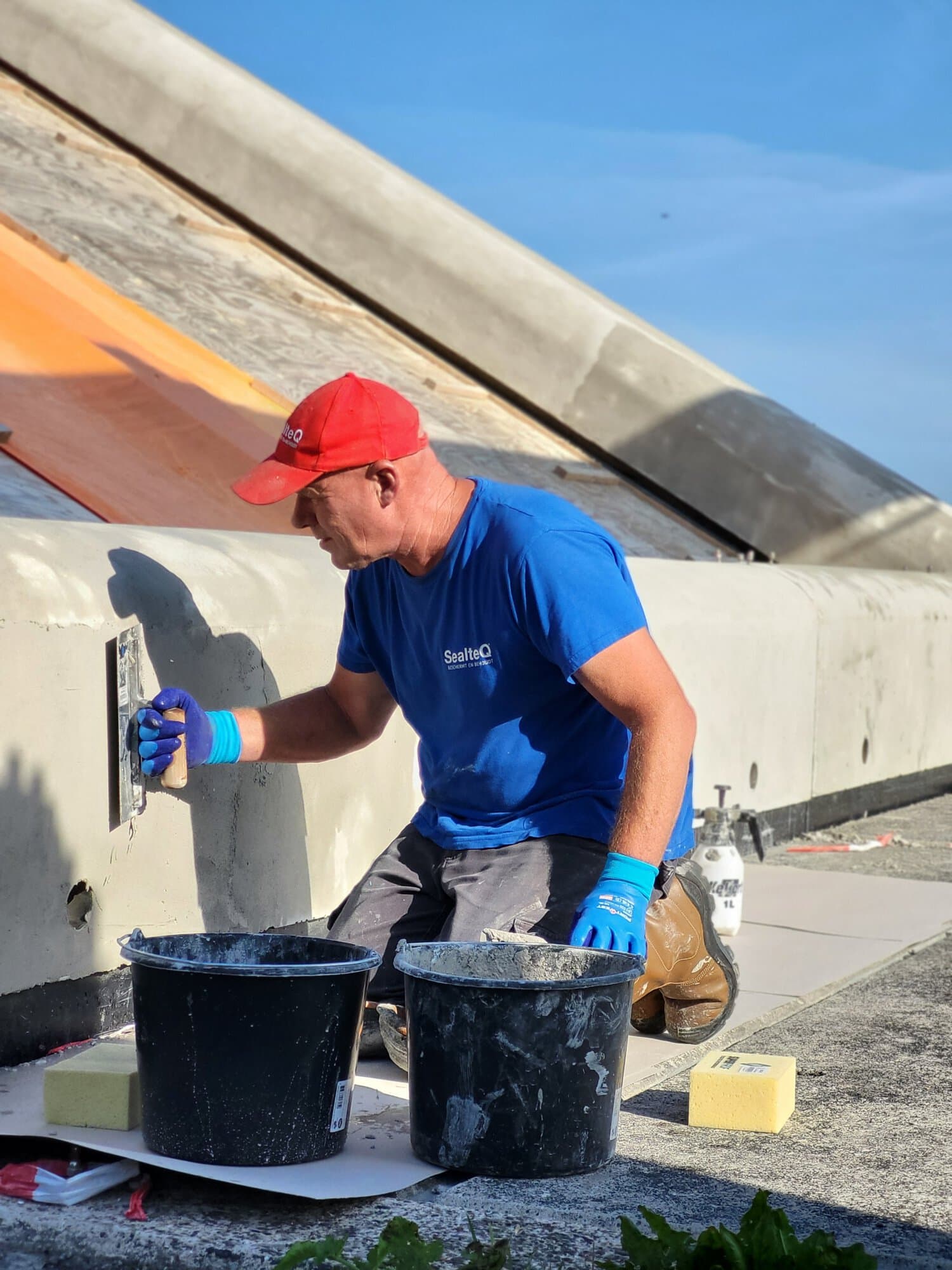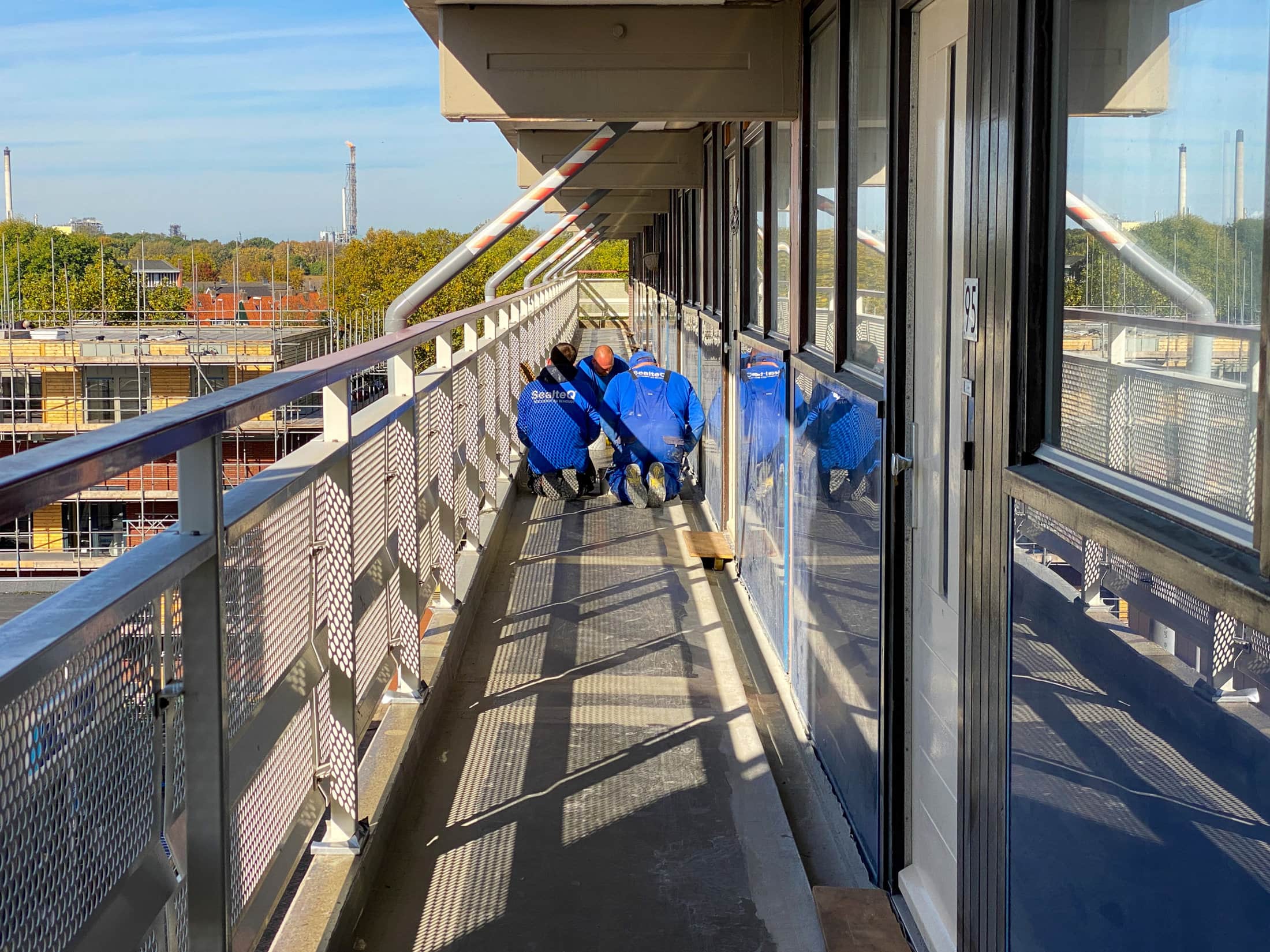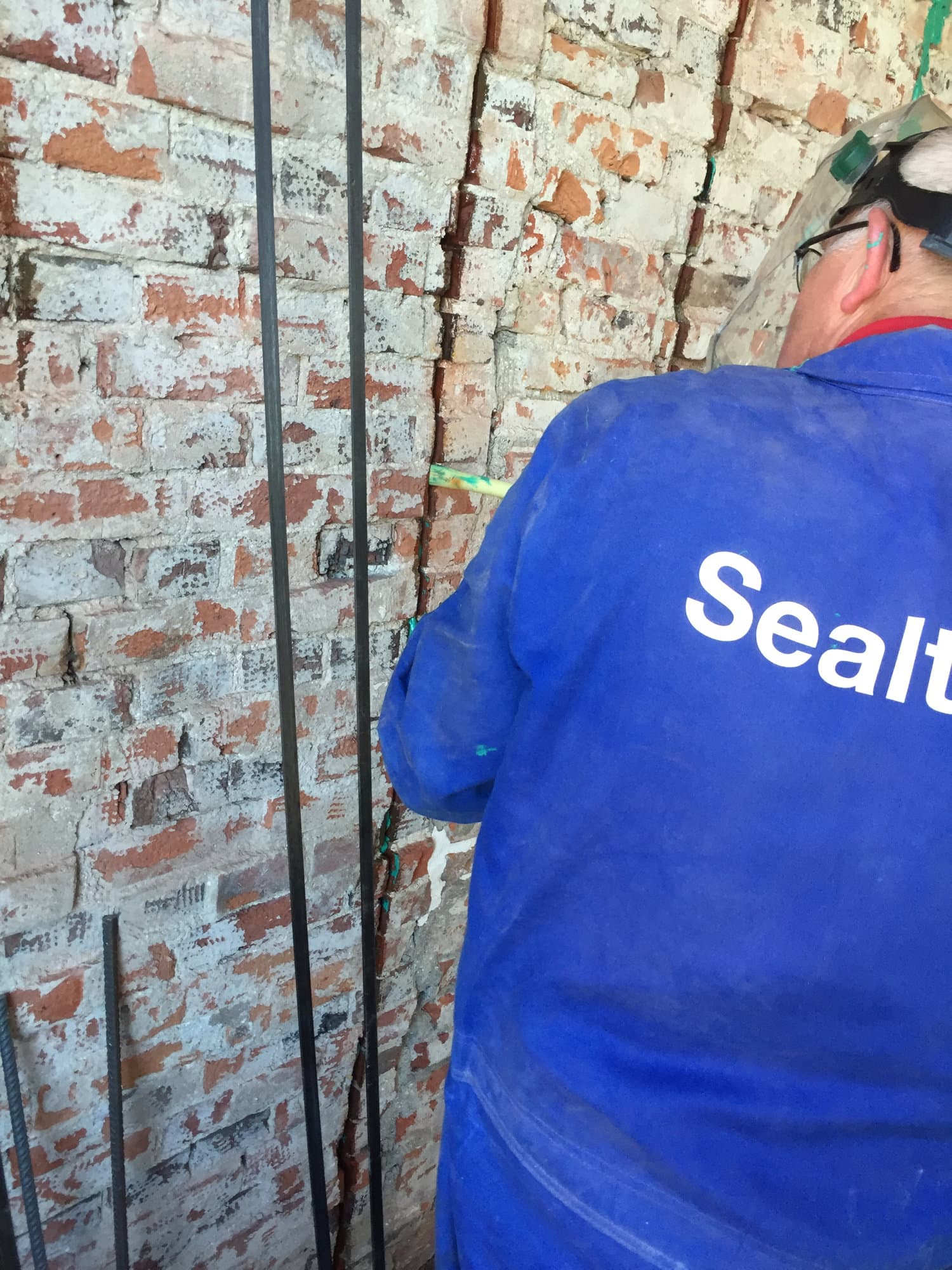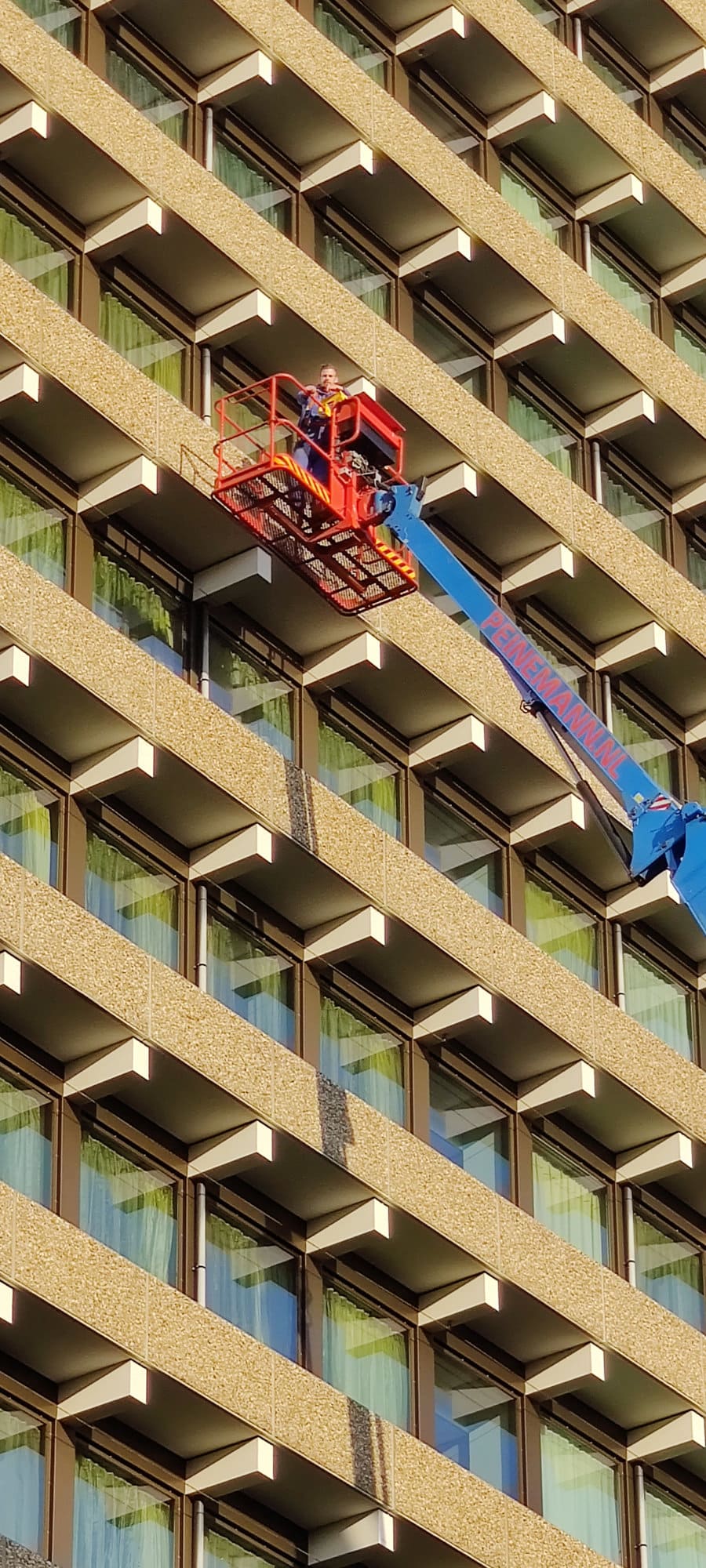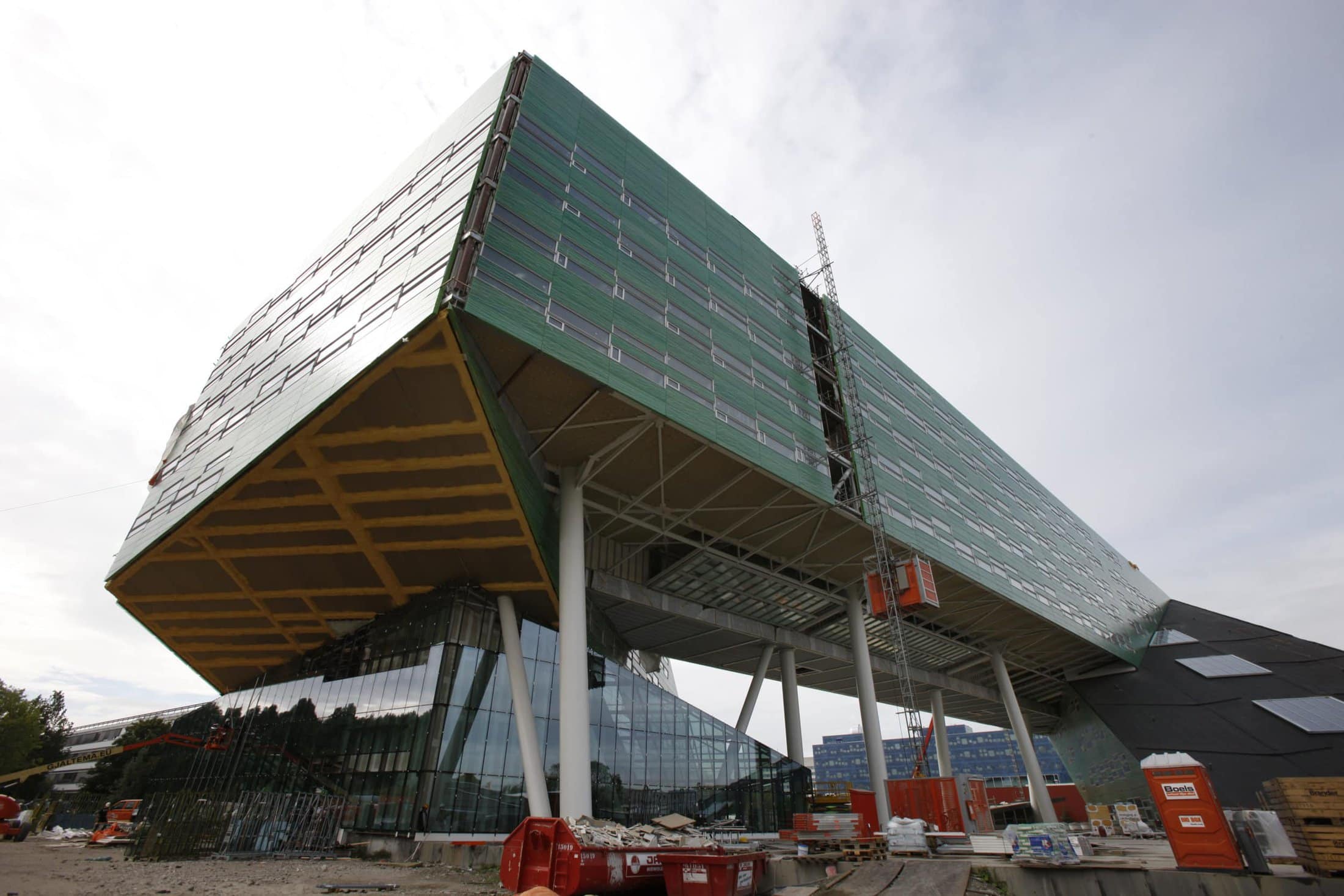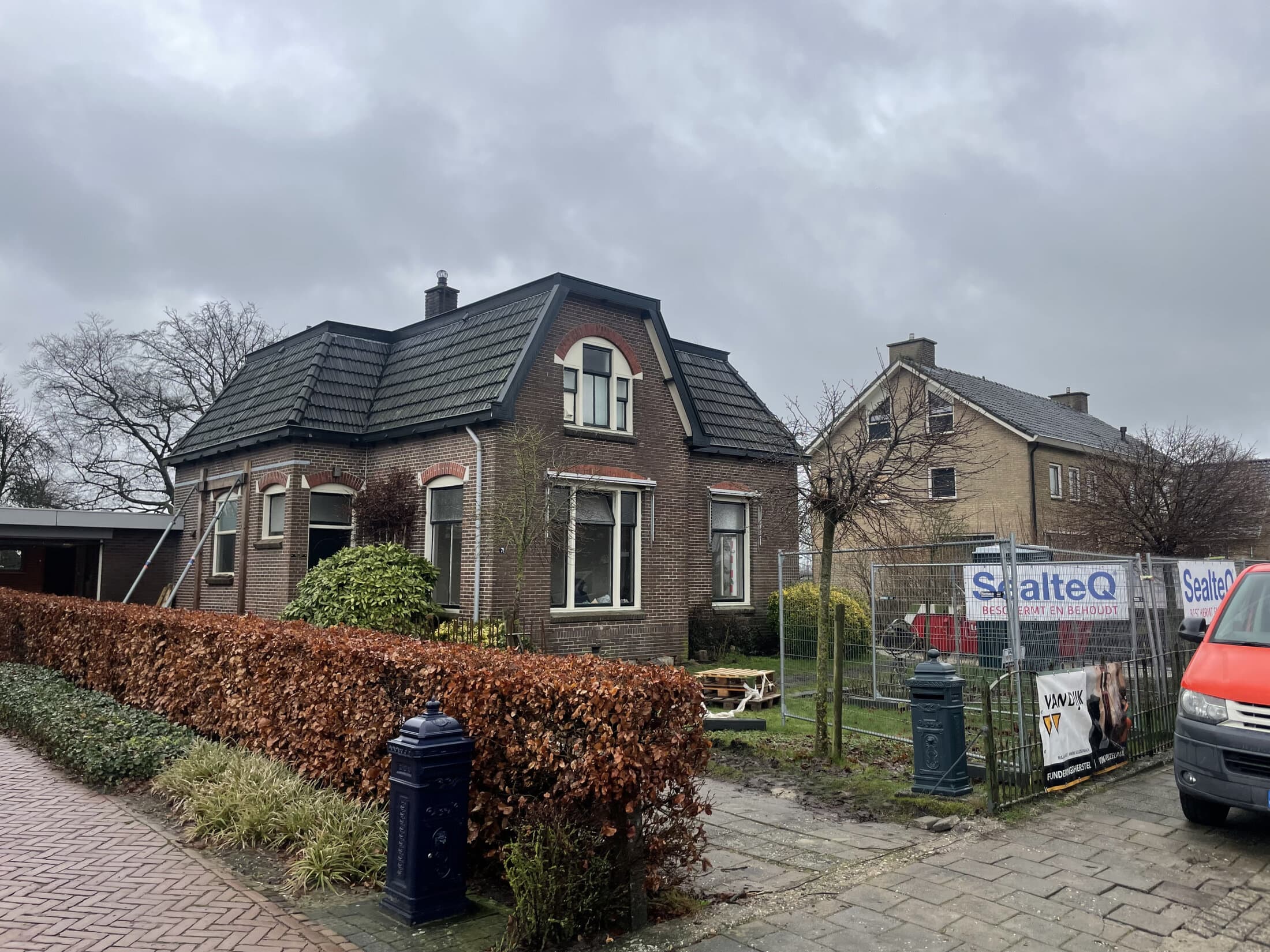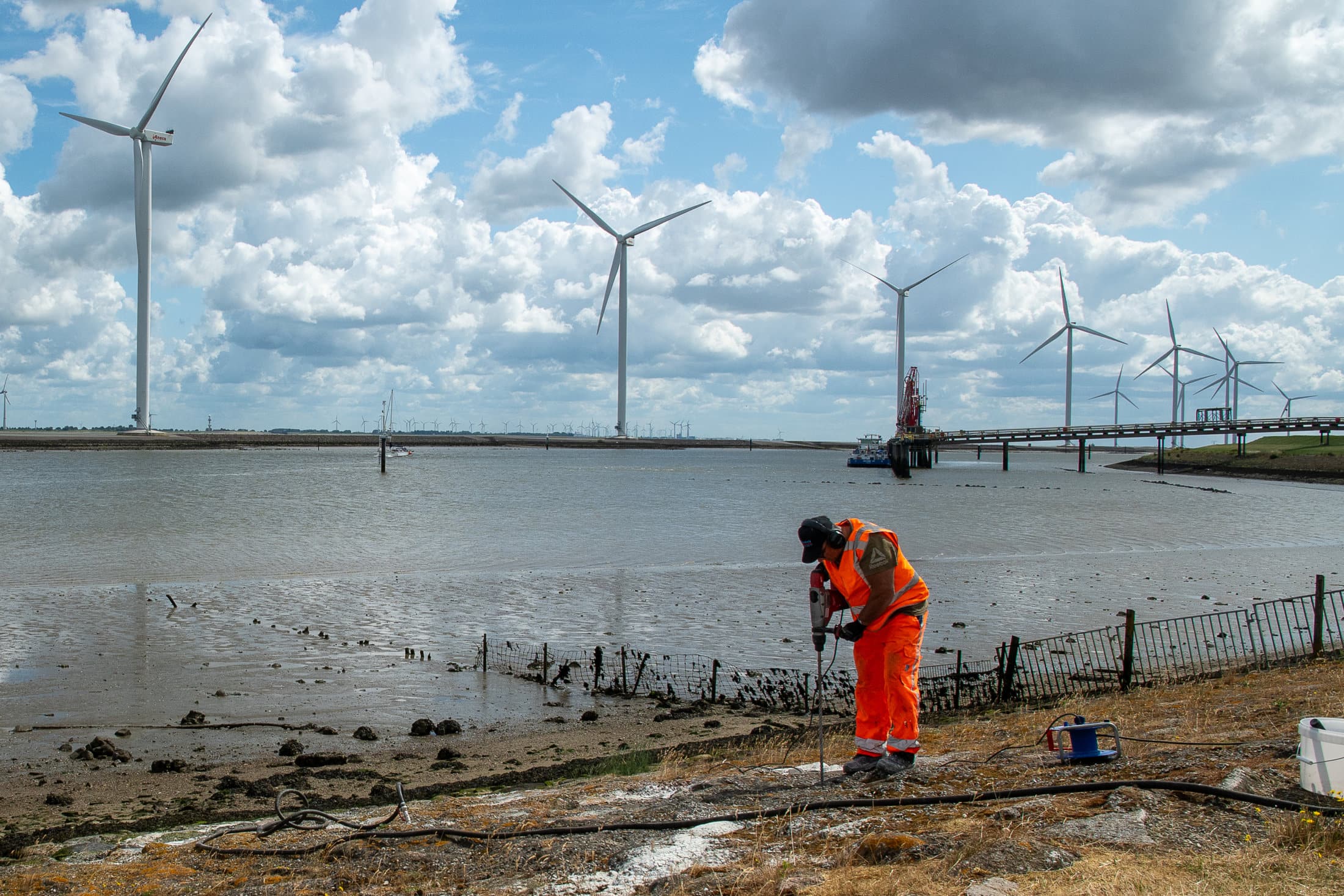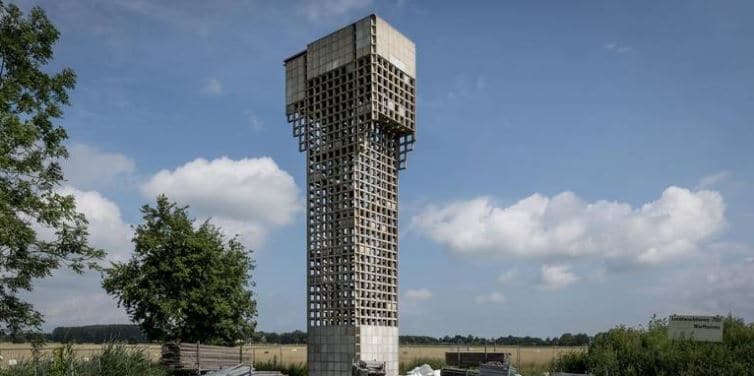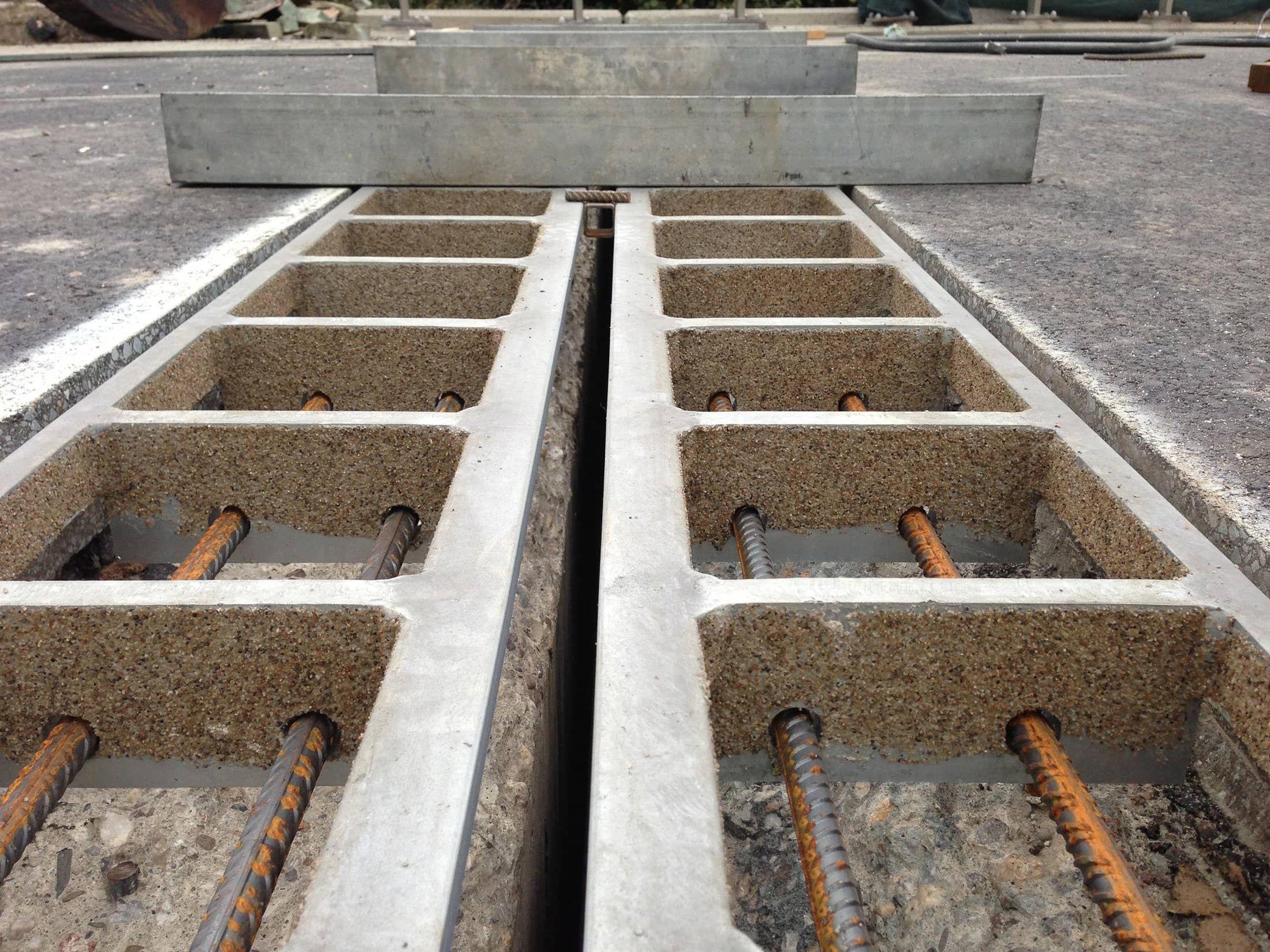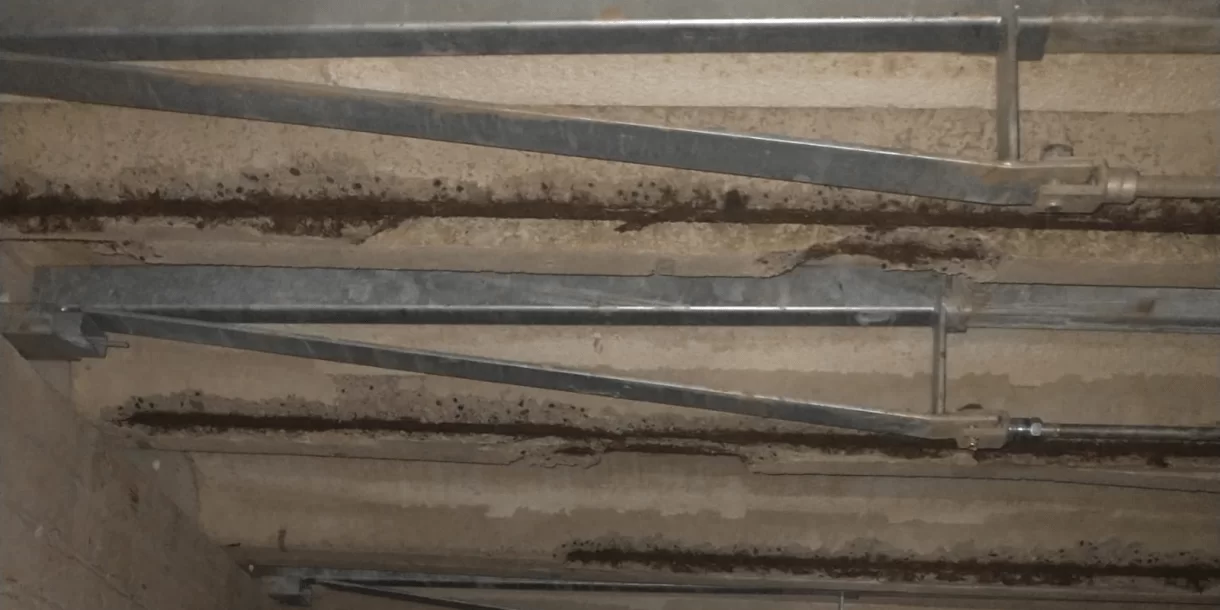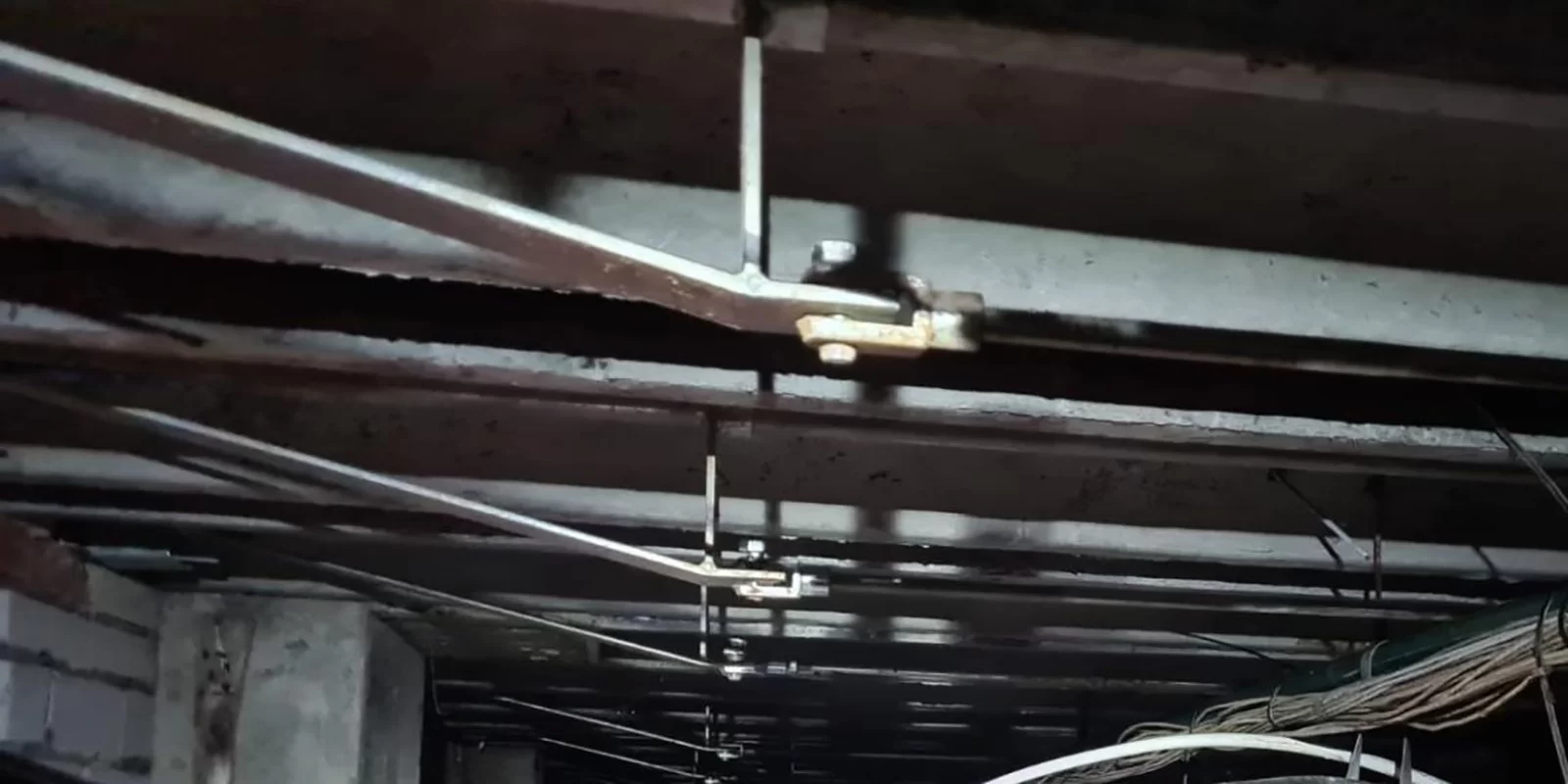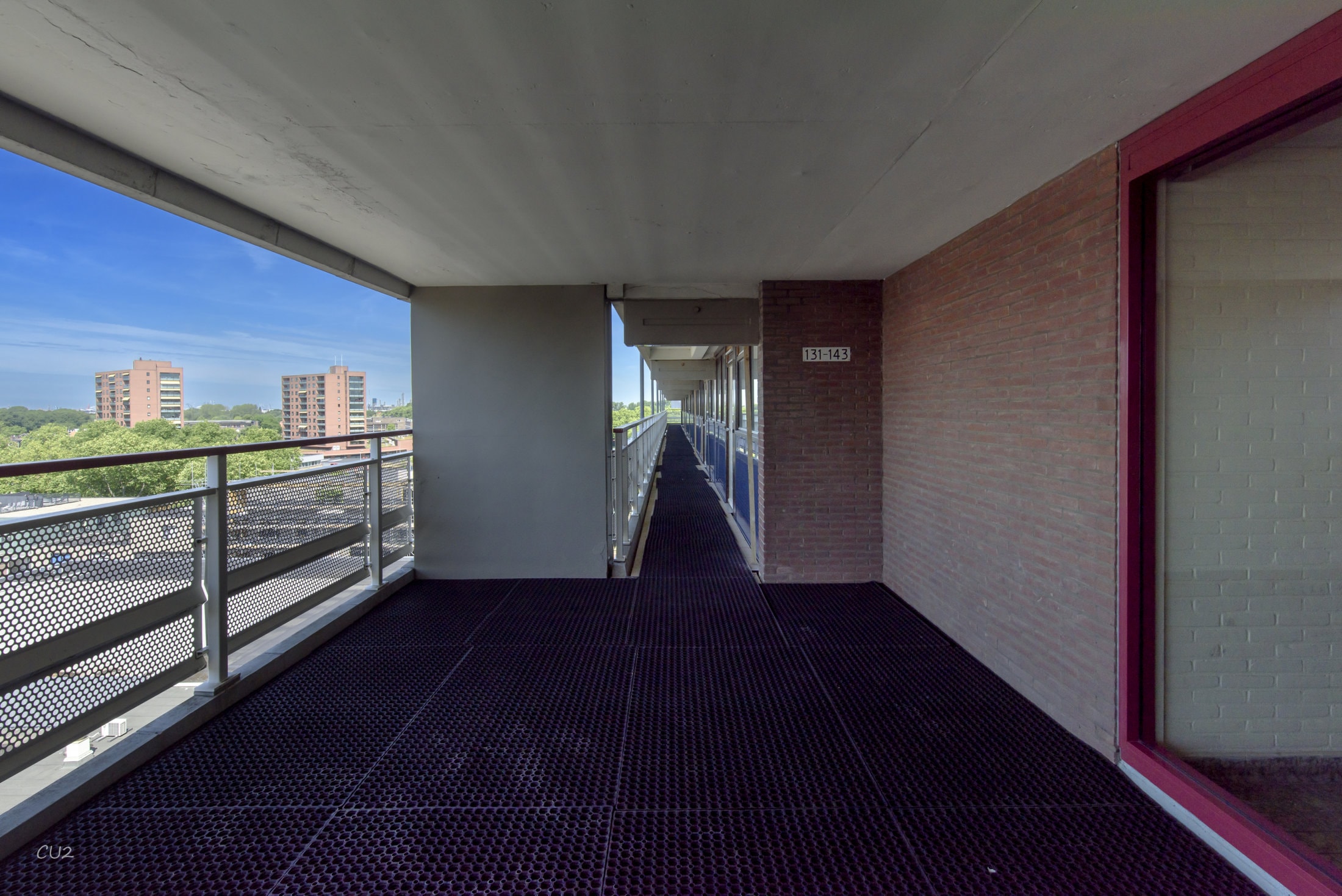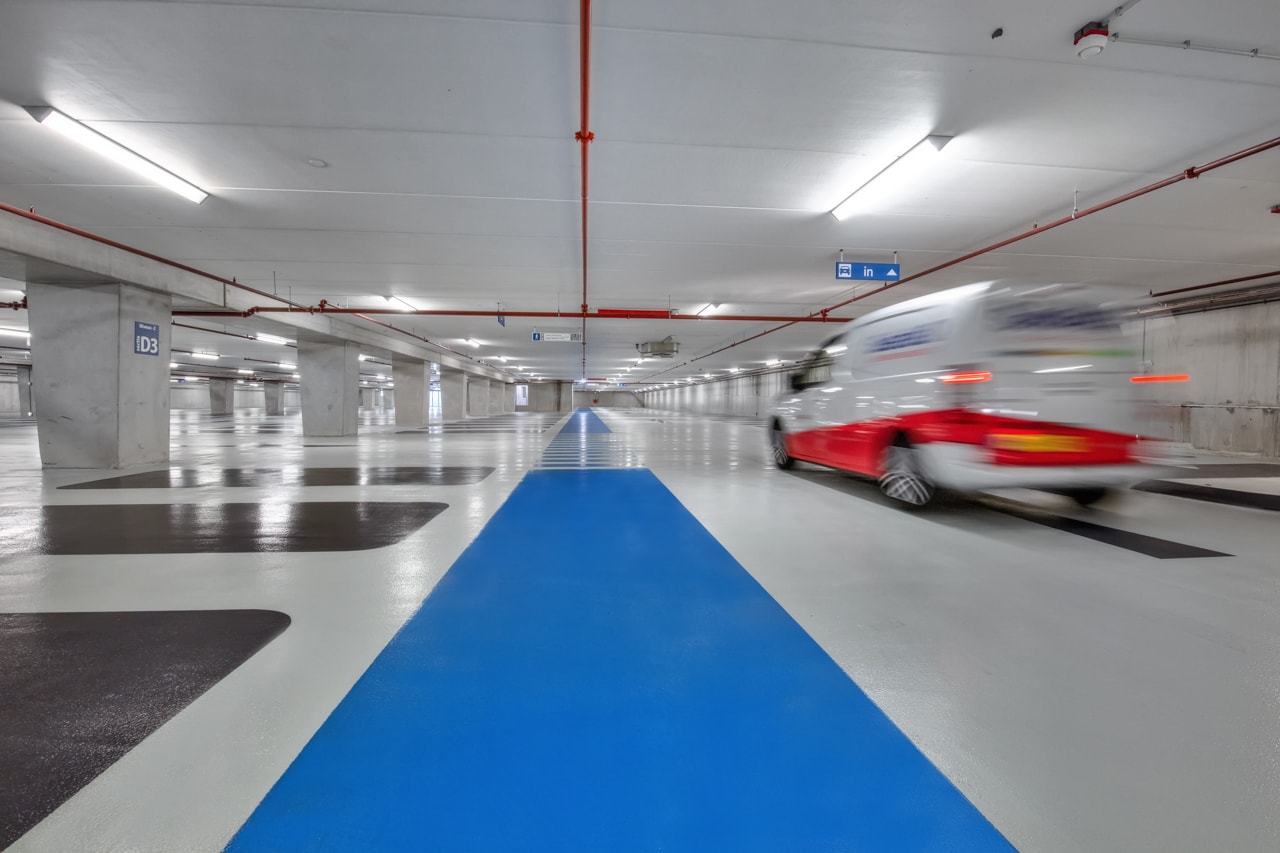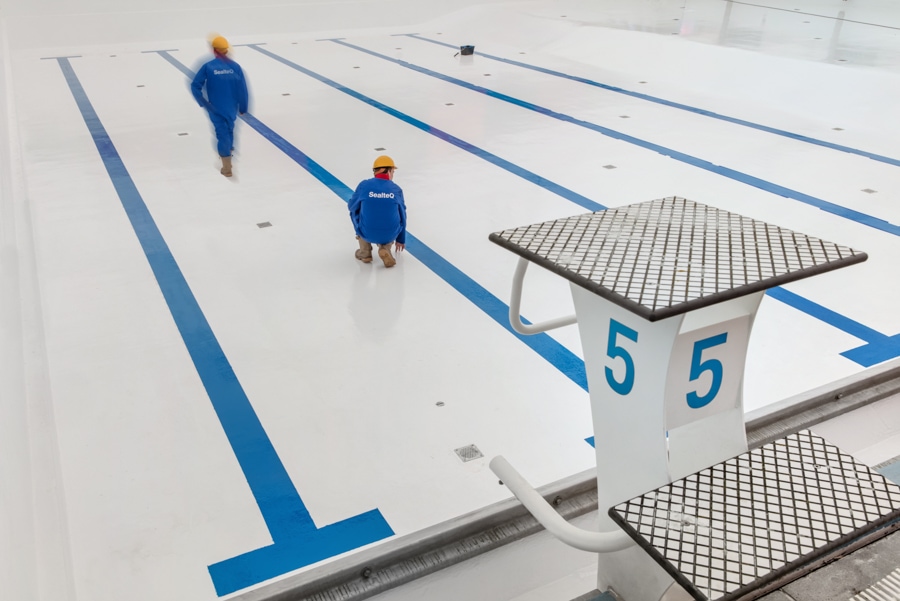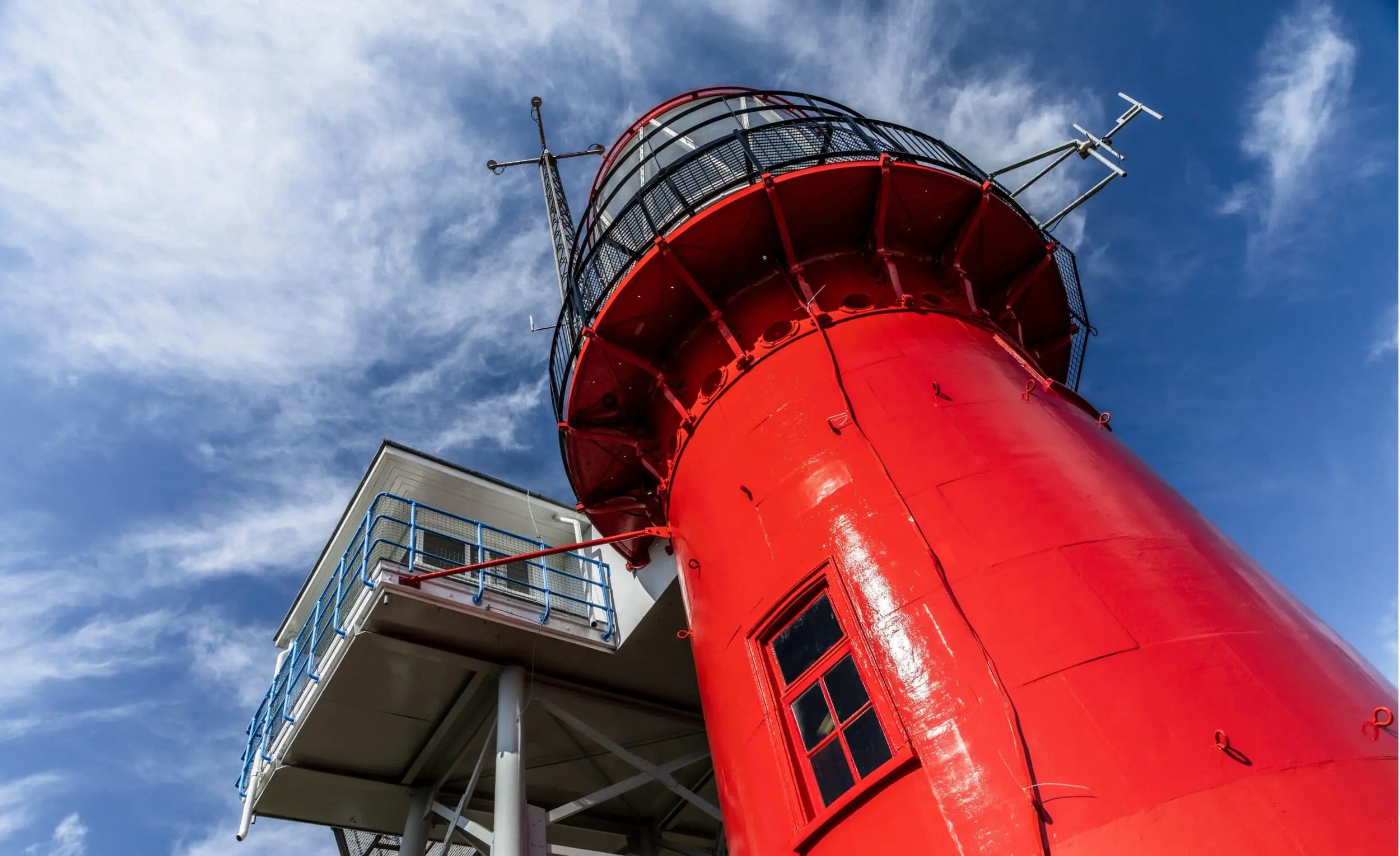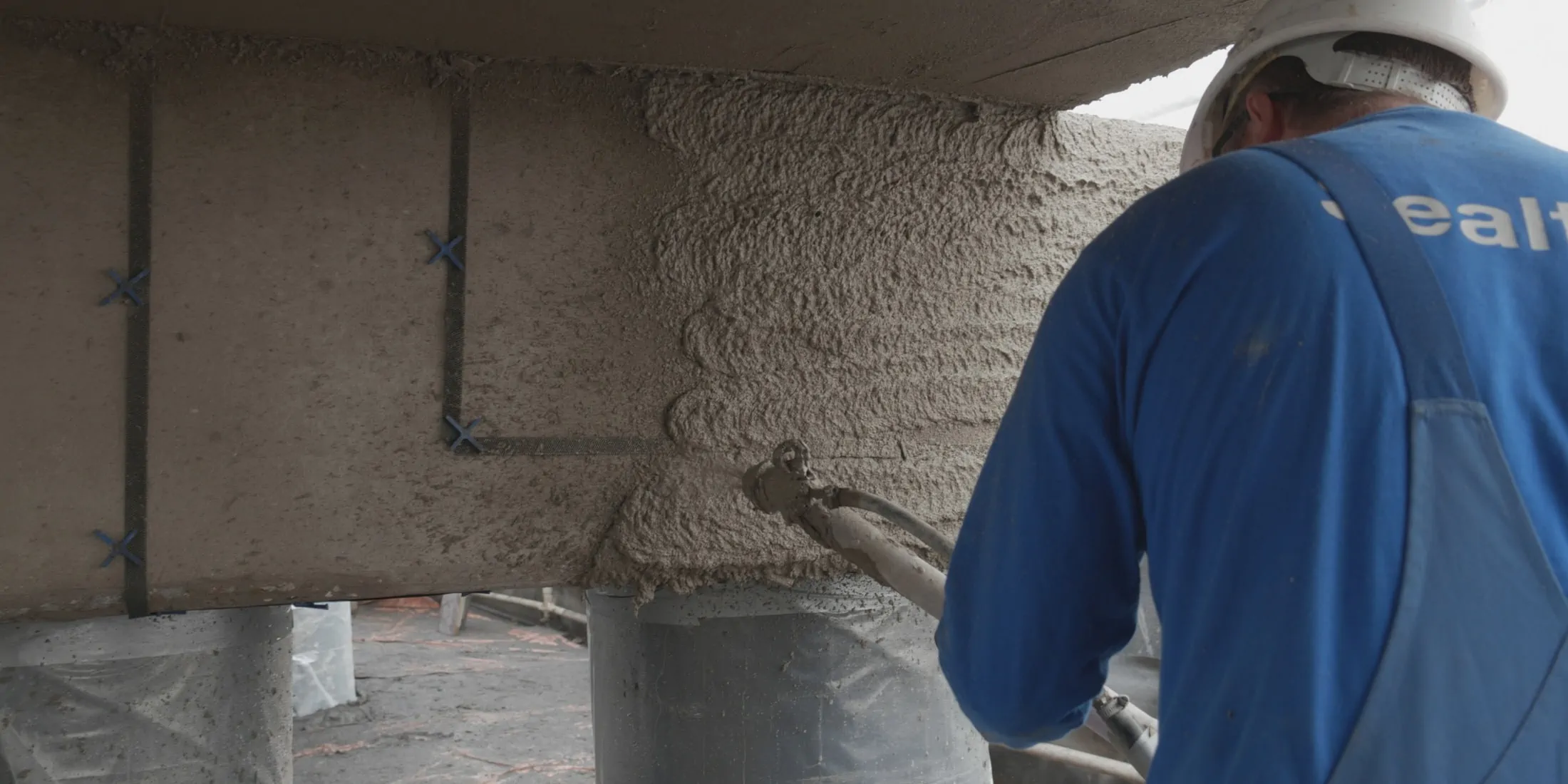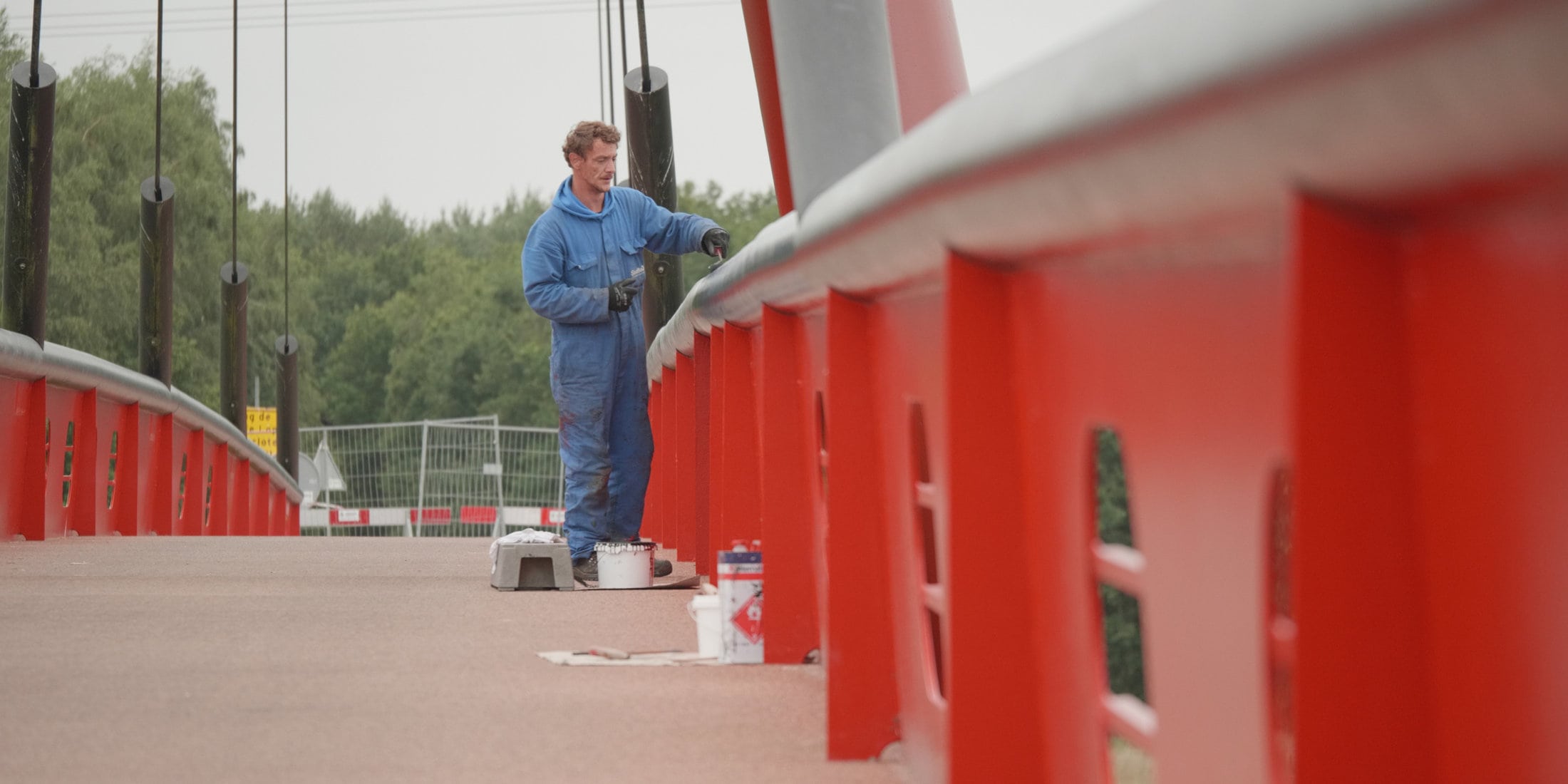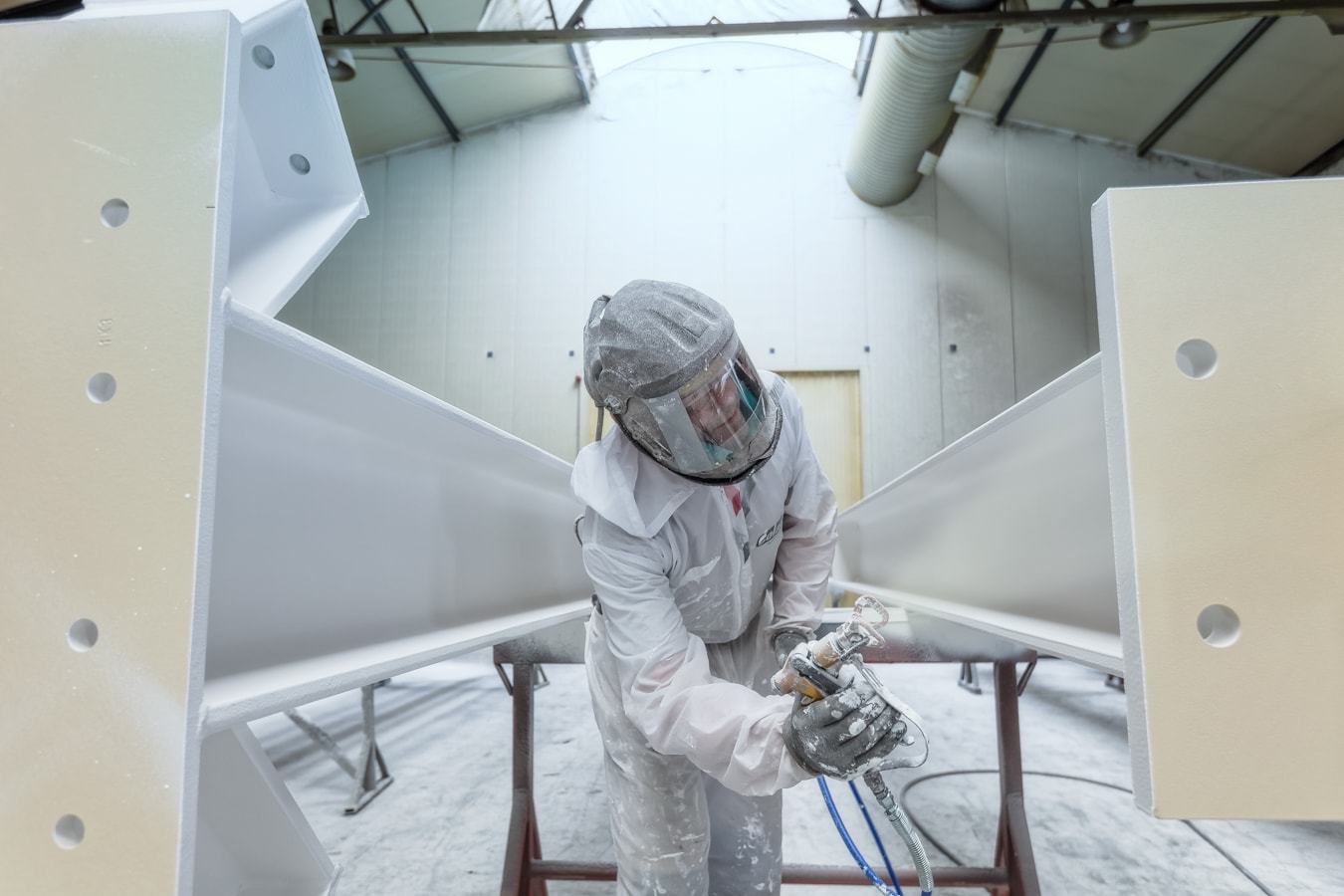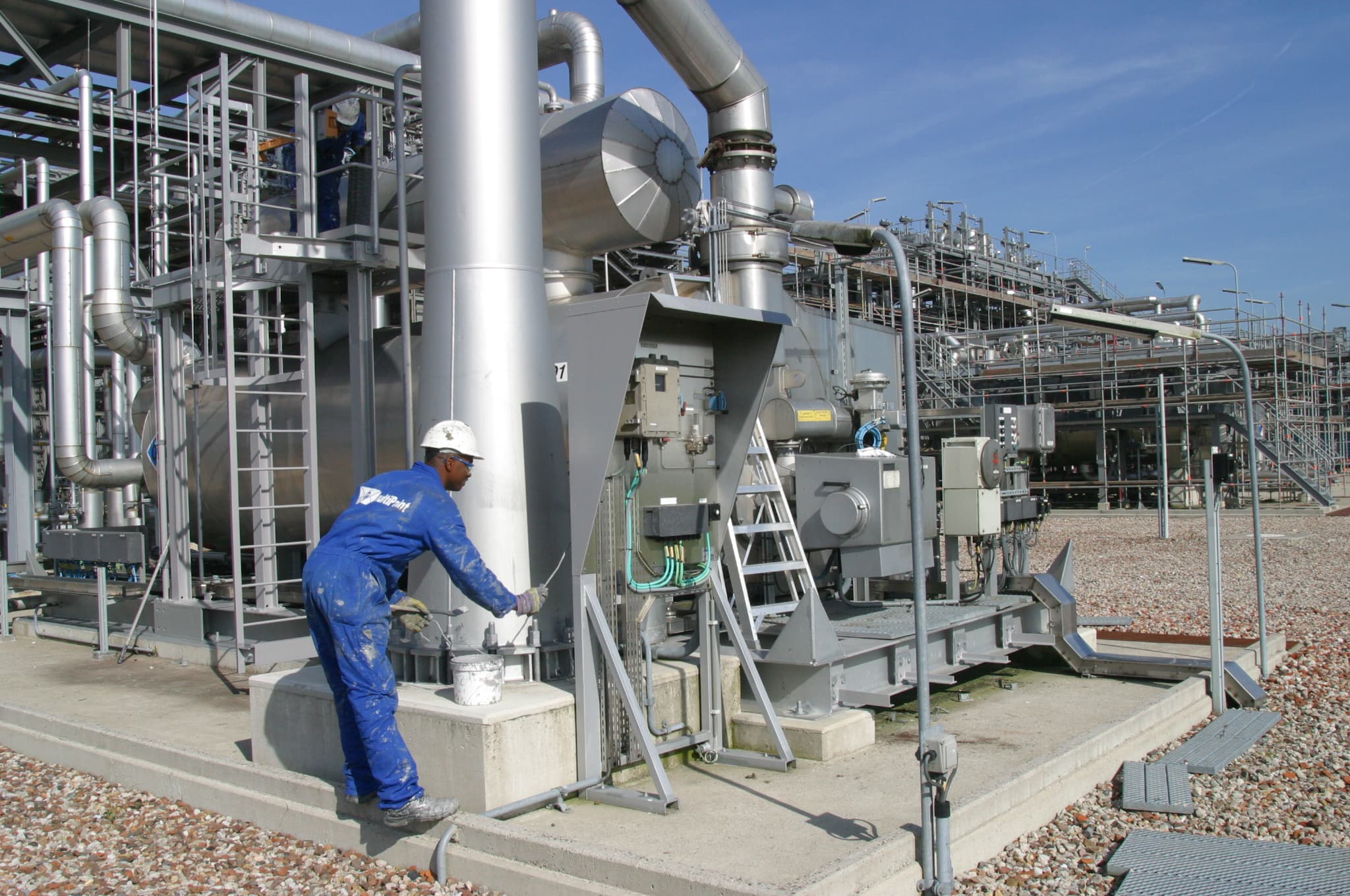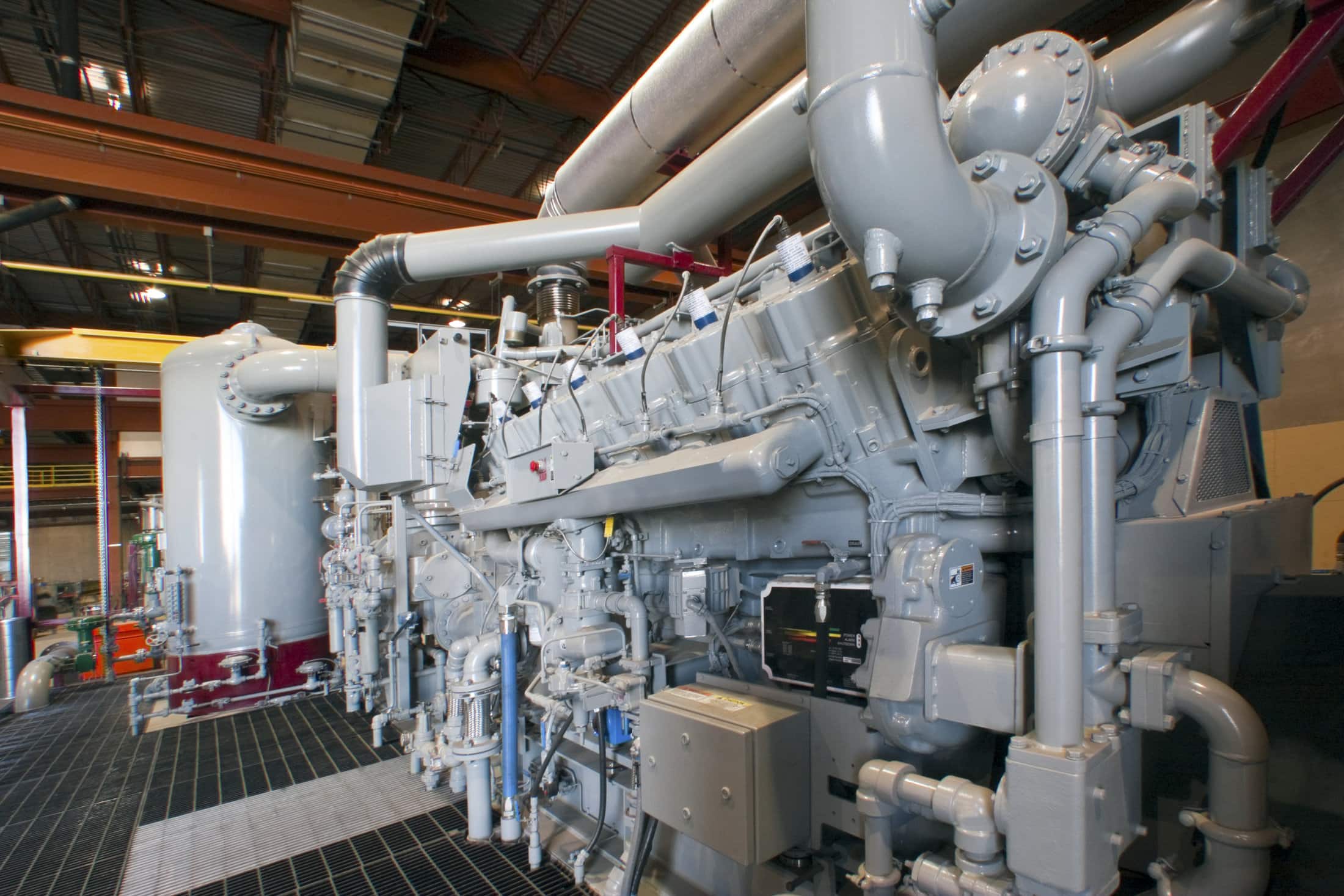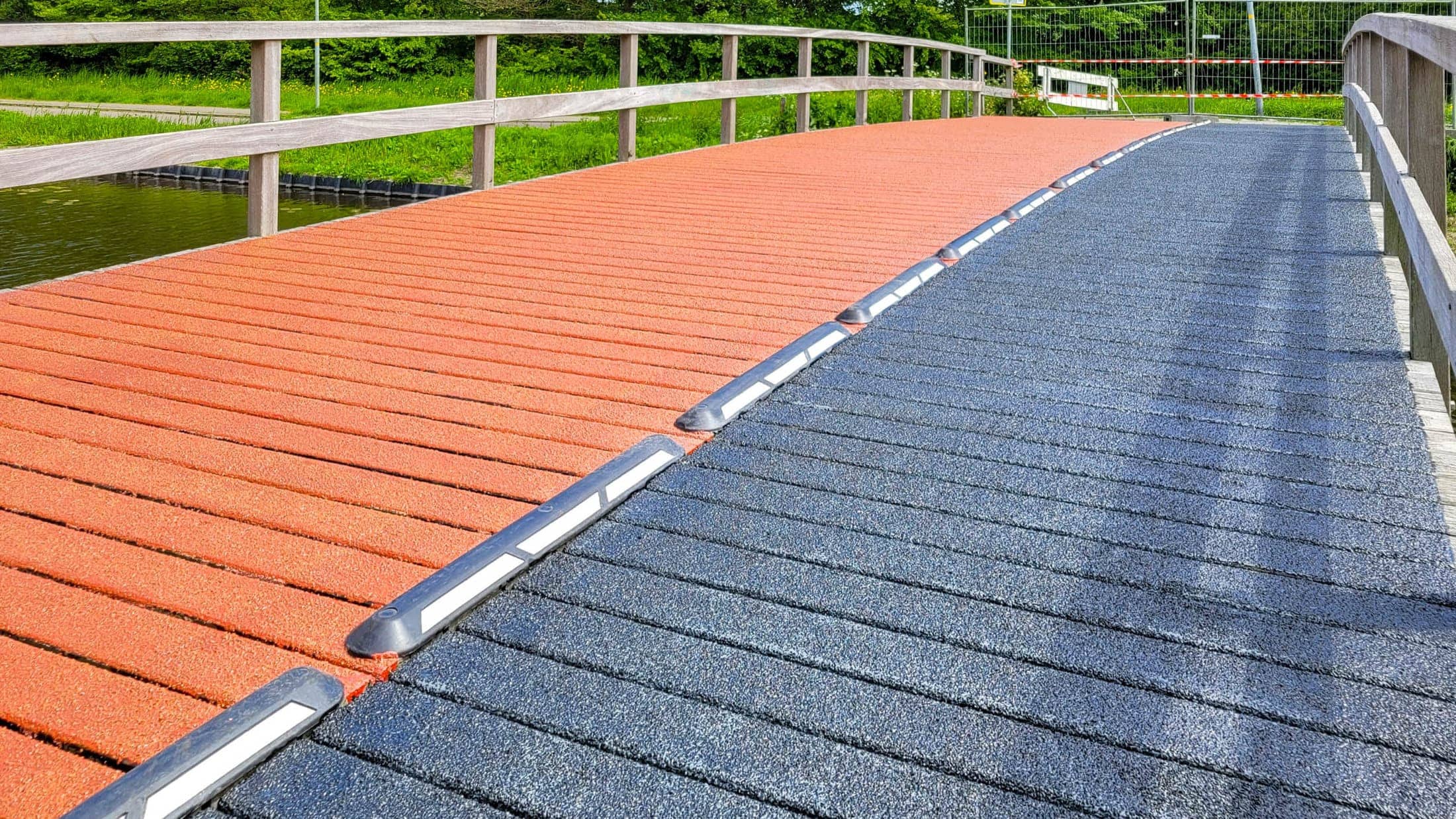When managing concrete structures, the phenomenon of carbonation exists. But what exactly is carbonation of concrete? And what are its consequences for buildings and infrastructures? Learn to recognize the specific signs of carbonation, discover its impact on the durability of concrete structures, and find out how carbonation is prevented and repaired.

Carbonation of Concrete
What is carbonation of concrete?
Carbonation of concrete is a process where the protective layer around the reinforcing steel is compromised. Concrete contains alkaline components, such as calcium hydroxide. When these components react with carbon dioxide from the atmosphere, calcium carbonate is formed. The pH value of the concrete decreases, and the reinforcing steel is exposed to reinforcement corrosion.
The Consequences of Carbonation for Concrete Structures
The process of carbonation usually begins at the surface of the concrete and penetrates further inward. As carbonation progresses, the alkalinity of the concrete decreases, causing the passivation layer around the reinforcing steel to become unstable. Once this protective layer is compromised, the reinforcing steel can begin to corrode, leading to concrete damage and potentially structural weakening of concrete structures and infrastructures. The rate at which carbonation typically occurs and progresses depends on various factors. It is important to regularly inspect the concrete and take action if visible signs of carbonation are present.
How do I recognize carbonation of concrete?
Carbonation of concrete can be recognized by specific signs, such as discoloration, peeling paint, cracks, or other symptoms. These changes in the appearance of concrete surfaces may indicate the onset of the carbonation process. Carbonation can also lead to pitting corrosion. The reinforcement is then affected without being visible from the outside. When a reddish-brown discoloration (rust bleeding) becomes visible in the concrete, the carbonation of the reinforcement is already in an advanced stage.
Do you see signs that may indicate carbonation? Feel free to contact our specialists to inquire about inspection possibilities.
How is carbonation in concrete repaired?
Although carbonation is a natural process that cannot be completely stopped, preventive measures can be taken to slow it down. Treatments and concrete coatings that help maintain the alkalinity of the concrete can help prevent further carbonation. At SealteQ, we work with skilled, certified concrete repairers and have the expertise to develop a management and maintenance plan.
If you see concrete damage occurring as a result of carbonation, SealteQ offers various methods and techniques for concrete repair. Depending on the severity of the damage, repairs can range from restoring concrete cover to treating reinforcement steel corrosion.
Sustainable measures against carbonation
For managers of concrete structures seeking sustainable solutions, SealteQ offers various preventive measures to prevent future carbonation of concrete. This includes applying protective concrete coatings and using high-quality concrete mixes. We also apply cathodic protection, a technique used to prevent or reduce the corrosion of metal structures by making them cathodic in an electrochemical cell.
A proactive approach to concrete maintenance and regular upkeep can significantly extend the lifespan of concrete structures and reduce the need for future repairs.
Have carbonation of concrete repaired by SealteQ
Are you interested in high-quality solutions for your construction projects? SealteQ is ready to assist you with our years of expertise and commitment to quality and sustainability. Our 50 years of experience and over 250 specialists spread across 7 locations enable us to tackle the most challenging projects. Would you like to know more about what we can do for you? Feel free to contact us.
At SealteQ, we believe in delivering high-quality services that meet the highest standards of quality and safety. Our certificates testify to our commitment to excellence and customer satisfaction. Moreover, we use the Sustainable Development Goals (SDGs) as a guide for our CSR policy, enabling us to contribute to a better world. Let SealteQ be your partner for all your needs and build a more sustainable future with us.



